A Woman of Vision – and Community
- Alivia Quitugua
MacKay Sposito Transportation Manager Mahsa Eshghi, PE, was recently named one of DJC Oregon’s “Women of Vision” for 2022. While this honor is exciting, we are in no way surprised that Mahsa is being recognized for her contributions to her work and our community. We recently interviewed her upon this nomination to ask her a few questions about her journey throughout her engineering career. Below is a reflection of our conversation.
SW Eaton Blvd Stormwater Design and Wetland Permitting Nexus
- Kristen Currens
Wetlands play an important role in sustainable design strategies to manage stormwater, and they are vital to projects in both urban and rural areas.
Thinking About Adopting a Complete Streets Policy?
- Zack Martin
- Transportation & Public Works
Is the Complete Streets Model Our Future in Transportation?
- Daniel Teran
- Transportation & Public Works
America loves their cars. For over 100 years our city landscapes have been molded by the Car to provide for faster and more efficient transportation. We became an auto-centric society that gave little thought to other types of street users. But now those views are changing and more and more people are seeking policies that enhance healthy, safe and sustainable ways to build our transportation infrastructure. Many refer to this movement as Complete Streets.
Help Us... Help You!
- Carla Meritt
- Transportation & Public Works, Energy, Gas/Pipelines, Energy Transmission & Distribution, Commercial/Industrial Land Development
As part of our utility design service, we regularly prepare topographic and utility surveys to locate existing conditions along the corridors where we propose new underground infrastructure. Key to that process is the location of existing underground utilities which requires that we contact the Utility Notification Center. The Utility Notification Center notifies underground utility providers in the area of a proposed excavation so that existing utilities can be located and marked in the field.
Are Your Storm Facilities Eye Sores or Amenities?
Stormwater facilities for new developments are generally required by code to treat and detain stormwater to at least pre-development conditions. In urban spaces, dense with paved and hard surfaces, it is imperative to treat stormwater to improve water quality and slow runoff. In many cases, storm facilities are viewed as a loss of developable land that cuts into your profit margins. Just because your engineering consultants are mandated to manage the water to a pre-development state, doesn’t mean your stormwater facilities have to look engineered! Storm facilities can actually be amenities that, when thoughtfully designed, will contribute to the visual quality of your development. Storm ponds can be beautiful first and yet still be functional and code compliant.
Is Your Storm Facility a Buried Treasure?
- Damon Webster
- Land Development, Residential Land Development, Commercial/Industrial Land Development
It's a wonderful dream – you stumble across a long-lost map that points the way to a hidden chest of riches. Grab a shovel and start digging!
Top 3 Reasons to Add USFS Standards to Your Toolkit
- Bryan Cole
- Urban Parks & Recreation, Shoreline Recreation
When planning your trail system, do the environmental constraints and permitting challenges bog you down?
When planning and designing for backcountry trails there are many constraints that one can encounter. These include unstable soils, stream and spring crossings, steep slopes, and critical areas, just to name a few. While being burdensome, there is always a solution and we should lean on our Federal Agencies to make your life easier and provide a solution.
To Build a Village
- Paul Smith
- Land Development, Residential Land Development
We’ve all heard the old saying that it takes a village to raise a child. Today, I wanted to write about what my experience has taught me about what it takes to build a village.
Embrace the Drone
If you bring up the topic of drones in random conversation, you’re likely to receive a variety of responses. Some will be excited at the possibilities. Some will express hesitancy until the rules have been cleared up. And some will issue stern warnings about a dystopian future where our every step is watched by machines in the sky.
Count me as a member of the excited group.
What Can You Do With Roundabout Real Estate?
- Hollie Logan
- Transportation & Public Works
Agencies all over the world are looking to roundabout art to provide aesthetically pleasing options to roundabout real estate that is otherwise difficult to maintain. As we continue along our Roads 2.0 series, I’d like to share a Q/A session I had with Brad Emerson, Special Projects Director with the City of Bend, Oregon regarding their successful roundabout art program.
Upon arrival into Bend, I stopped into the “Visit Bend” visitor center, picked up a map showcasing their collection and participated in a self-guided tour of their “Roundabout Art Route”. They have turned these impressive works of art into an opportunity to promote tourism. It also provides a firsthand look into the infrastructure changes and growth happening within their community.
The Secret to Roundabouts is Triangular
- Paul Smith
- Transportation & Public Works
Two of the biggest benefits of roundabouts over traditional intersections are 1) reduced delay to traffic, and 2) improved safety through less severe crashes. And while the shape we most often associate with roundabouts is the circle, these two benefits can be attributed to another shape...the triangle.
Understanding Recreation Facility Maintenance is the First Step of Design
- Bryan Cole
- Urban Parks & Recreation, Shoreline Recreation
Long term maintenance needs and costs are often overlooked when designing recreation facilities. Prior to starting design work, you should evaluate maintenance budgets and capabilities. We see facilities that require labor intensive maintenance (extensive mowing, watering) and the use of harmful chemicals to keep the landscape healthy. This approach costs money and has detrimental environmental impacts that can and should be avoided.
Maximizing the Value of Your Proposal Review Process
- Jacob Howlett
- Energy, Energy Transmission & Distribution
You’ve spent the time and resources to develop a project from design through requesting offers. Don’t squander those efforts by shorting yourself during the proposal review process. Contractors have taken the time to carefully read your request for offers (RFO) and to put together a package that details how they are the best fit for your project.
Is Your Rec Site Too Constrained to Use Asphalt for ADA Accessible Paths?
- Rob Palena
- Energy
Asphalt can be an attractive and economical choice for accessible pathways, but it's not without its challenges and limitations. These days, more scrutiny is placed on whether or not accessible routes have been constructed in accordance with regulatory requirements. If your proposed accessible routes are constrained to near maximum slopes, you should consider utilizing concrete instead, or plan on extensive measures before and during paving to increase the chances of success.
Is Your UAV Vendor Properly Insured to Mitigate Risks?
- Derrick Smith
- Transportation & Public Works, Land Development, Energy
Drone / UAV technology is a boon to our industry and the technology is providing high quality and cost-effective data acquisition. However, there are significant risks associated with the use of UAV, making it essential that your vendor is properly insured to mitigate these risks.
Custom vs. Prefabricated Park Shelters: Which Way Should I Go?
- Bryan Cole
- Urban Parks & Recreation
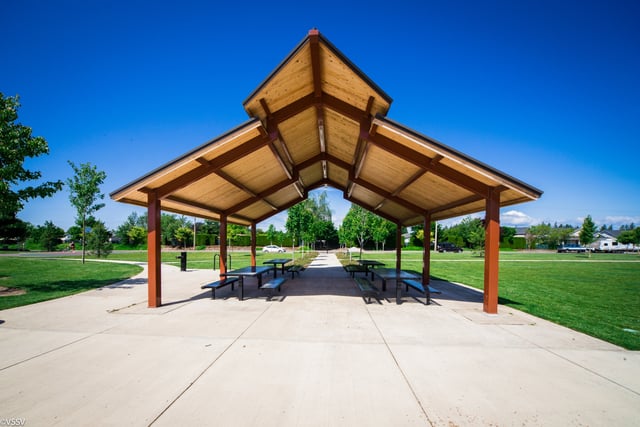
A Solution for Faster Project Closeout
- Jason Irving
- Transportation & Public Works, Land Development, Energy
You're pushing for project completion, but that long punch list just isn’t getting done fast enough. Sound familiar? Drawn-out project closeout costs you time and money. Often, this is caused by reassignment of contractor resources to their next project or difficulties scheduling with subcontractors. Expedited project closeout can be achieved by tracking and communicating project deficiencies in real time using an open issues log.
Mired in Substitution Requests
- Rob Palena
- Energy, Energy Transmission & Distribution, Energy Generation
Substitution requests can occur for multiple reasons on a project, often adding workload at a time when the project team is already stretched thin. While some requests ultimately benefit the project, others can lead to delays, extra costs, and even approval of inferior products to avoid delaying the project.
Site Furnishings: A Few Things to Consider
- Bryan Cole
- Energy, Urban Parks & Recreation
We’ve all been there before: you select that perfect bench, bollard, or bike rack for your park or public space only to find out that within a week the furnishing was vandalized or even stolen. Site furnishing take the most abuse compared to any other park element, so before you select that perfect furnishing here are a few things to consider.
Communicate Better with Construction Software
- Jacob Howlett
- Energy, Energy Transmission & Distribution
Good communication is often a topic of discussion when it comes to safety and/or quality, as poor or insufficient communication can lead to serious problems. When performing a root cause analysis for a safety incident or non-conformance item discovered during a quality inspection, it’s not unusual to discover poor communication as a root cause or contributing factor.
The Top 3 Things to Remember When Developing Backcountry Trails
- Bryan Cole
- Energy, Urban Parks & Recreation
When discussing backcountry trails, one of the first questions I usually get asked is, “Do our new or existing trails need to be ADA compliant?”
If compliance measures aren’t practical due to terrain, access for equipment is difficult and will impact the environment negatively, or federal laws that protect threatened or endangered species will not allow this level of construction then they often do not need to be compliant. In many cases, backcountry trails meet most, if not all, of these exceptions.
The Value of Failure
- Jacob Howlett
- Energy, Energy Transmission & Distribution
A contractor’s track record of performance on a project in the area of quality is a huge factor in their success. Not only in earning repeat business, but also in attracting new customers. It’s inevitable that a contractor will experience at least some failure in the form of non-conformance items (services or constructed/installed items that do not meet specified requirements). What separates the successful contractor from the rest is their ability to learn from these mistakes as well as calculate the cost of these failures or mistakes.
ADA Compliance: Is Your Campsite Fully Inclusive?
- Bryan Cole
- Energy, Urban Parks & Recreation
Many agencies may feel a little overwhelmed when they first look at their aging campgrounds and are told to bring them up to current ADA regulations. You want to maintain the natural character of the campground without turning it into a concrete jungle. After all, the natural environment is why the public has been coming there for years. So, where do you start?
The Gray Area of Oral Change Orders
- Rob Palena
- Energy
When an owner discusses issues with their contractor, unintentional oral change orders are something to be careful about. Even though the contract probably contains language requiring change orders to go through a formal written process, oral change orders can be a gray area.
Top Four Issues You Should Consider the Next Time You Tackle a Horizontal Directional Drilling Project
- Derrick Smith
- Energy, Gas/Pipelines
I recently sat down with Brian Ranney, Senior Engineering Geologist and Trenchless Installation designer at GeoEngineers. GeoEngineers is a leader in the trenchless technology industry – they designed the first successfully completed US Direct Pipe ® installation under a USACE-regulated levee and have been ranked in the Top 25 Trenchless Design Firms by Trenchless Technology Magazine for the last eight years. We discussed the top four issues you should consider the next time you tackle a horizontal directional drilling (HDD) project.
Common Mistakes Found in Recreation Facilities: ADA Parking Requirements
- Bryan Cole
- Energy, Urban Parks & Recreation
Regulations included in the 2010 ADA Standards for Accessible Design outline minimum accessibility requirements for parking lots in public recreation facilities. Though, all too often, when inspecting existing recreation facilities we come across some common ADA parking stall design problems that can significantly impact ease of use and inclusiveness for all users.
Most of the following issues are easily remedied and should be considered when creating your ADA compliance checklist:
Who's Watching the Subcontractor?
- Daniel Wagner
- Energy, Energy Transmission & Distribution
We see high-voltage construction occurring all around us, maintaining the fabric of our electrically dependent, technological society. On large infrastructure projects which upgrade our electrical systems, it’s common to have several subcontractors in addition to a primary contractor in order to perform work in the short window of time allotted. On complex or specialized projects, it is safer to assume that not all onsite personnel or subcontractors are aware of immediate hazards on a project. With so many individuals involved on projects of this magnitude, who’s watching the subcontractor?
Cultivating a Safety Culture
- Alex Bauld
- Energy, Energy Transmission & Distribution
Safety is not simply an act, it’s a culture. A valuable safety culture tends to produce safer work environments. Sure, there are one or two safety professionals on a job site, but it is the responsibility of everyone on that site to be responsible for their own safety and the safety of others. This all sounds great, but how do you cultivate a safety culture?
A "Stop Work" Moment
- Jacob Howlett
- Energy, Energy Transmission & Distribution
You just got off the phone with your project superintendent. It wasn’t a good call. He phoned to tell you that a dump truck just tore out an overhead distribution line while backing up with the dump bed raised. The spotter who was assisting the dump truck driver hadn't noticed the overhead hazard.
Unfortunately, a few of the other workers on the site did see the hazard but didn’t say anything. They assumed the operator of the dump truck or the spotter would catch it so they didn’t speak up. Now you have to add these additional costs and delays to your project. What could you have done differently to help prevent this incident? How about instituting a Stop Work Authority policy?
Heavy SnowPack: A Reminder to Check Your Force Majeure Language
- Rob Palena
- Energy, Energy Generation
The big 2016 /17 winter snowpack is good news for hydropower. However, that same runoff can be problematic for construction projects in and around the waterline. Overtopping of cofferdams and other structures designed to keep the construction site dry is typically quite costly in terms of both time and rework.
To allocate this risk, most construction contracts will contain a Force Majeure clause that addresses flooding. For the contractor to obtain relief under Force Majeure, they must show that the flooding event was not within their reasonable control; despite employing commercially reasonable efforts to prevent such an event from causing delay and damage to the project.
Is your Recreation Facility ADA Compliant?
- Bryan Cole
- Energy, Urban Parks & Recreation
The Americans with Disabilities Act (ADA) requires that we provide recreation facilities that are accessible to all people, including those with disabilities. However, it can be daunting to understand and then implement the extensive laws and standards that govern ADA compliance.
Perfect Timing: When to Perform a Constructability Review
- Joel Booth
- Energy, Energy Transmission & Distribution, Energy Generation
Constructability reviews take time, and time continually comes at a premium in today’s fast-paced construction industry. These reviews are thorough, with the reviewer tediously analyzing the project and conceptually building it step by step. However, when performed correctly, a constructability review can have many benefits.
5 Tips for Streamlining the Final Punch List Process
- Dustin Mellor
- Energy, Energy Transmission & Distribution, Energy Generation
Final closeout is the last hurdle to jump in order to successfully complete a project. But before this milestone can be achieved, owners must ensure the contractor performs the tedious task of completing punch list items. The bad news is that this process can often drag out longer than one might expect. The good news is there are steps you can take to streamline the process.
When Was the Last Site Visit On Your Project?
- Daniel Wagner
- Energy, Energy Transmission & Distribution, Energy Generation
Every project has a story that begins long before construction and ends further in the future than any of us prefer. Ideally, the project’s story is the same for those in the field as it is for those in the office. If you have ever worked on a long-term construction project, however, you know this is not the case most of the time. We all want our projects to have the same story. If you’re on a project now that may have a different story in the field than the office, you’ll need to bridge the gap between the two.
Using Contractor Payment as Carrot and Stick
- Rob Palena
- Energy, Energy Transmission & Distribution, Energy Generation
As a project owner or manager, you need certain types of information from the contractor to ensure your project is on track. Too often, though, the contractor doesn’t provide the information you need in a timely fashion (if at all). Before you know it, the project can be off schedule and out of budget. How can you avoid getting caught in this situation?
Don’t Let Poor Concrete Work Crack Your Project
- Jason Irving
- Energy, Energy Generation
Concrete may initially sound like a boring blog subject, but if you’ve ever experienced a problem with it on one of your projects, you know concrete can become a costly and time-consuming nightmare.
Will Drones Be Useful in the Gas Industry?
- Derrick Smith
- Energy, Gas/Pipelines
Recent volatility around oil prices has sent our gas clients on a frantic scramble to do more with less. The impacts are far reaching and the result is rapid change. Fortunately, new technologies are available that are shortening survey, design, and construction delivery times and dramatically decreasing costs.
Considering Withholding Contractor Payment? Know the Risks
- Rob Palena
- Energy, Energy Transmission & Distribution, Energy Generation
Most construction contract Owners have been faced with a perceived lack of performance by their contractor, and subsequently been faced with the choice of whether to withhold monthly payment. If the owner is a state or federal government entity, prompt payment laws almost certainly apply. Private contracts are generally exempt from such laws, but not always: states like Vermont have prompt payment laws covering all construction contracts. Check your jurisdiction to confirm.
Is Your Storm Facility a Buried Treasure?
- Damon Webster
- Land Development, Residential Land Development, Commercial/Industrial Land Development
It is a wonderful dream – you stumble across a long-lost map that points the way to a hidden chest of riches. Grab a shovel and start digging!
No Simple Answer: Tips for Responding to an RFI
- Dustin Mellor
- Energy, Energy Transmission & Distribution
In the Transmission and Distribution construction industry, communication is key for the success of any project. One essential way we communicate is by a document called a Request for Information, or RFI. This document is used to formally request and answer important questions that come up during a project.
Are You Guilty of Construction Management Neglect?
"I don't need construction management, the county is inspecting everything."
The Secret to Roundabouts is Triangular
- Paul Smith
- Transportation & Public Works
Two of the biggest benefits of roundabouts over traditional intersections are 1) reduced delay to traffic, and 2) improved safety through less severe crashes. And while the shape we most often associate with roundabouts is the circle, these two benefits can be attributed to another shape...the triangle.
"What Revision is That?" 3 Tips for Better Document Control
- Joel Booth
- Energy, Energy Transmission & Distribution, Energy Generation
Today’s technology has made communication on construction projects infinitely more convenient than ever before. We have become accustomed to real time information; we receive information about issues and incidents almost instantly, even on our construction projects.
3 Keys for Successful Mitigation in Harsh Climates
- Bryan Cole
- Energy, Shoreline Recreation
For almost every shoreline recreation facility we have completed, the reviewing agencies have required mitigation for the impacts as part of the permit approval process. Many of these projects are located in harsh climates with unrelenting heat, fluctuating reservoir levels, and high winds during the growing season. Permits normally require plant monitoring and replacement to meet specific survivability ratios, which is no easy task in harsh climates.
In my experience, there are three keys to providing successful mitigation in these areas.
Remember 1993 When the Gas Tax was Last Raised?
- Zack Martin
- Transportation & Public Works
With tax day in our rear view mirror for this year, it seems a fitting time to talk about taxes for the road ahead of us – literally the road ahead of us: our nation’s transportation system.
Why You Should Develop a Risk Management Plan
- Dustin Mellor
- Energy, Energy Transmission & Distribution
Planning Risk Management may feel time-consuming during the beginning phases of a project, but the evidence shows it pays off immensely throughout the project lifecycle. According to the Project Management Institute, high performers in Risk Management meet their project goals 2.5 times more often and waste 13 times less money than low performers.
Separated Bike Lanes: How a Dutch Intersection Works
- Daniel Teran
- Transportation & Public Works
This is the final post in our series covering separated bike lanes. Previous posts covered the options available for providing them and their low impact development (LID) stormwater implications. This post will address how to handle and maintain separated bike lanes at an intersection with the use of a Protected Intersection, a.k.a. Dutch Intersection, on a project.
Did you learn your lesson?
- Jacob Howlett
- Energy, Energy Transmission & Distribution
Inspection on your project should consist of a combination of quality control and quality assurance. This process is on-going and the end result is a project completed to specification with an acceptable level of quality.
Is Your CM/GC Contractor Self-Performing Too Much Work?
- Jason Irving
- Energy, Energy Generation
Owners are increasingly considering alternative project delivery methods such as engineer-procure-construct (EPC), design-build, and construction manager/general contractor (CM/GC). While the advantages and disadvantages of the EPC method were discussed in a previous post, my personal experience lies more with CM/GC contracts. There are a variety of advantages and disadvantages to CM/GC, but in my experience it is extremely important for owners to realize that it is not in your best interest for the CM/GC to self-perform a high percentage of the work.
Operations Staff: Involve Them Early or Pay the Price
- Bryan Cole
- Energy, Urban Parks & Recreation, Shoreline Recreation
Some lessons are learned the hard way.
Separated Bike Lanes: The Next Step in Road Design Evolution
- Daniel Teran
- Transportation & Public Works
This post is the first in a three-part series covering a new alternative being considered for street sections, the separated bike lane. This post will cover the basic concepts and options for how bike lanes can be separated. Future posts will cover the challenges and opportunities related to Low Impact Development (LID) Stormwater and Protected (Dutch) Intersection design.
The Eight Traits of Successful Developers: Trait #8
Several years ago, after finally gaining approval for a large master plan project that required several city council and planning commission meetings, a client and I shared more than a couple beers over absurdly large steaks and talked about why we do this work. He was very successful and a veteran of many projects. I have always been interested in soaking in his experience and knowledge.
Am I Stuck Paying for My Consultant's Error?
- Rob Palena
- Transportation & Public Works, Energy, Energy Transmission & Distribution, Energy Generation
If you’re an owner who's been involved with a major construction project, this question isn’t hypothetical. Yet while this situation is extremely common, many owners don’t have a strong grasp on their contract’s terms and conditions or the relevant case law that forms the underpinnings of a defensible answer.
The Eight Traits of Successful Developers: Trait #7
Don’t you wish you could time the stock market to sell at the peak? Doesn’t everyone want to know when to get off the rollercoaster before the next freefall so we can maximize our return on investment? That’s the dream, to predict the market, and developers are no different when it comes to the land development market. Well, most developers are no different.
The Often Overlooked Key to Street Tree Survival
- Bryan Cole
- Transportation & Public Works
One of the main design elements for any successful road project is the street trees. Some may look at street trees as an afterthought, but they shouldn’t. Street trees serve many important functions such as creating shade (minimizing heat island effect), enhancing the aesthetic appeal of the street, providing habitat for birds and other wildlife within developed areas, and adding to the value of nearby homes and businesses.
Because of all the benefits provided by street trees – especially mature trees – maximizing survival rates is a top priority. When considering the keys to street tree survival, species selection is obviously important, but if there is one thing I have learned over the years it is that for successful planting you must start with the soil.
Inspection Services - Which end of the spectrum are you on?
- Jacob Howlett
- Energy, Energy Transmission & Distribution
Inspection services come in many different shapes, styles, and sizes offering a range of services, deliverables, and values. A disturbing trend that I see occurring more and more often is the “staffing agency” approach to inspection services. My opinion (based on years of observation) is that this approach undermines the overall quality process by not providing real value.
Low Impact Development 101: Stormwater Toxicity Solutions - Can it be that simple?
- Paul Harmsen
- Transportation & Public Works
Previously in this series, we discussed the primary source of stormwater pollution and the effects that urban stormwater runoff is having on salmon throughout the Northwest. In summary, very few (about 25%) coho adult salmon are surviving long enough to spawn in urban creeks and only about 25% of hatched salmon embryos are surviving when raised in unfiltered water. With this post, we begin a series of posts discussing Low Impact Development (LID) solutions that can be used to minimize impacts to fish, starting with bio-retention.
The Eight Traits of Successful Developers: Trait #6
Developers often use the word “value.” Sometimes they’ll talk about creating value, and other times they’ll talk about extracting value. In land development, a project must add or provide value to be a success.
This seems so obvious, but many less-than-successful developers skip the critical step of defining the value they intend to redeem. In turn their consulting teams assume what value the developer wants to achieve. This circle of ignorance can and does lead to confusion, wasted time and resources, mismatched relationships, and projects that don’t optimize the value the developer wanted.
Alternatives to EPC in Hot Construction Markets
- Rob Palena
- Energy, Energy Generation
The Engineer-Procure-Construct (EPC) contracting model has grown increasingly popular in recent years. If your organization doesn’t already use it, odds are you’re at least considering trying it on a project.
The Eight Traits of Successful Developers: Trait #5
I once knew a fisherman and developer named Don. He found a community he wanted to both work in and live in, a place filled with natural beauty, plentiful water, great fundamentals for growth, and great fishing of course.
Low Impact Development 101: The Effect of Stormwater Pollution
- Paul Harmsen
- Transportation & Public Works
If you read the first post in this series last month, you read that some of the most common sources of stormwater pollutants are from seemingly benign activities such as driving a car or fertilizing a lawn. What is the effect of this stormwater pollution? With the salmon spawning and salmon fishing season upon us, fish are at the top of mind, so it seems appropriate to discuss the effects of stormwater pollution on fish, specifically coho salmon.
Defending Your Budget and Schedule - The Power of a Constructability Review
- Jason Irving
- Energy, Energy Generation
Budget and schedule: two critical components that often define your project’s success. There are many approaches and tools to help you meet your budget and schedule, but one of the best is a constructability review. We’ve discussed the benefits of these reviews in previous posts (Four Tips for User Friendly and Maintainable Fish Facilities and Stop! Read This Before Replacing or Updating Your Hydro Turbines Part 1). In this installment I will discuss constructability review tips and how they can be used to defend your budget and schedule.
In Defense of the Bare Minimum
- Paul Smith
- Transportation & Public Works
The bare minimum: “the smallest possible quantity or the least fulfilling, but still adequate, condition that is required, acceptable, or suitable for some purpose.” (Per Wiktionary)
The Eight Traits of Successful Developers: Trait #4
 Once upon a time there was a local developer named Doug. He found property he liked and was well-suited to his product. He did his research on the dirt. He hunted for the problems that might be hidden. He purchased this piece of undeveloped land and felt confident.
Once upon a time there was a local developer named Doug. He found property he liked and was well-suited to his product. He did his research on the dirt. He hunted for the problems that might be hidden. He purchased this piece of undeveloped land and felt confident.
Low Impact Development 101: The Source of Stormwater Pollution
- David Walker
- Transportation & Public Works
Welcome to Low Impact Development 101! Over the course of this series we will illuminate the primary source and effects of stormwater pollution, and we will conclude by offering some LID solutions to treat polluted runoff. This series is meant for everyone – not just engineers – so please share it in order to help educate as many people as possible about this challenge and how LID measures can be used to address it.
Don’t Get Caught Flat-Footed after Notice to Proceed: Pitfall #2
- Rob Palena
- Transportation & Public Works, Energy, Energy Transmission & Distribution, Energy Generation
Issuing Notice to Proceed is exciting - you finally get to see your long-dreamed project take shape. But the first two weeks after Notice to Proceed can be fraught with project-delaying challenges if they sneak up on you. Last time I talked about the first pitfall that can arise after issuing Notice to Proceed: unanticipated or differing site conditions. In this post I’ll talk about the second: delayed contractor submittals.
Can Complete Streets and Freight Mobility Coexist? (Part 4): Engaging Freight Stakeholders with Virtual Tools
- Hollie Logan
- Transportation & Public Works
Public outreach on your transportation project is only successful if all stakeholders who use the route are given the opportunity to engage. That isn’t always easy, however, because not all stakeholders will be located nearby. For instance, freight traffic may frequently use a corridor but be based many miles away.
Don’t Get Caught Flat-Footed after Notice to Proceed: Pitfall #1
- Rob Palena
- Transportation & Public Works, Energy, Energy Transmission & Distribution, Energy Generation
After years of planning, designing, and permitting your project, you’re finally ready to begin construction and issue the Notice to Proceed (NTP). It’s a big moment. Then a week later you’re contacted by your inspector, who tells you the contractor has stopped working and is threatening to submit a Notice of Changed Conditions. You have very little time to get up to speed and decide on a course of action. What will you do?
The Eight Traits of Successful Developers: Trait #3
This is the second installment in my blog series about the Eight Traits of Successful Developers. In the first post I discussed the first two traits: “Successful developers don’t fall in love too soon” and “Successful developers find the problem.” In this post I will discuss how successful developers understand that consultants must be realists rather than optimists – they must be thorough and candid. This trait is third in the series because I believe it helps developers succeed at trait number two.
Can Complete Streets and Freight Mobility Coexist? (Part 3): Developing Solutions with a Corridor Study
- Daniel Teran
- Transportation & Public Works
This post continues our series discussing the transformation of Main Street into a Complete Street in communities where Main Street serves as both a multi-modal local route and a state highway with high volumes of freight traffic. Our first post, The Evolution of Main Street, defined the problem and the second, Implementing a Complete Street Policy, looked at the role policy can play. In this post I am going to discuss how we can develop solutions by performing a corridor study.
Who's Inspecting Your Project? Why Less Experience can be Better
- Jacob Howlett
- Energy, Energy Transmission & Distribution
The quality process on construction projects generally consists of Quality Control (owned and executed by the construction contractors) and Quality Assurance (performed by the owner or owner’s representative). As the owner, the one piece of the quality process you have the most control over is Quality Assurance. If you’ve experienced results that were less than what you were hoping for, I suggest taking a closer look at how Quality Assurance is being executed and, more specifically, who is executing it.
Can Complete Streets and Freight Mobility Coexist? (Part 2): Implementing a Complete Street Policy
- Daniel Teran
- Transportation & Public Works
Our Cities have built themselves around a street serving dual purposes. This street is attempting to serve as both Main Street and highway. As Main Street it strives to be the hub of a community, surrounded by commercial development and acting as a community gathering place. This purpose requires mobility for all users. As highway it strives for safe, reliable, timely and efficient through-travel. This purpose requires freight movement to deliver goods and services that these communities rely on.
In or Out? When to Outsource Construction Management and Inspection
- Rob Palena
- Energy, Energy Transmission & Distribution, Energy Generation
When it comes time to start your construction project, you’re always faced with the same question: do we manage and inspect the construction with in-house staff, or do we outsource it to a third party? Each option has its benefits and drawbacks. I would like to revisit a blog post I wrote last year that offers some thoughts about situations where using a third party for construction management can lead to the greatest rewards for you as a project owner/operator.
The Eight Traits of Successful Developers: Traits #1 and #2
In my 25 years of land development consulting I’ve had the opportunity to work with a wide variety of developers, from small first timers trying to develop the family farm to large institutional developers with dozens of active projects around the country. Within this wide range of developers there are many unfortunate stories of failures, bad projects, and sometimes financial ruin.
Can Complete Streets and Freight Mobility Coexist?: The Evolution of Main Street
- Daniel Teran
- Transportation & Public Works
A Lesson Worth Repeating: 4 Factors to Consider Before You Start Your Recreation Design Project
- Bryan Cole
- Energy, Shoreline Recreation
Recreation facilities are vital components of a hydropower system because they're how the public most directly connects with your work. Having designed many recreation facilities myself over the years, I've learned some valuable lessons, one of which is that starting the project correctly is key to success in the end. I'd like to once again share a helpful post I originally wrote last year, because in my experience this is a lesson worth repeating.
Punch the Gas Tax - What Does It Cost You?
- Zack Martin
- Transportation & Public Works
Lawmakers are in the news lately with transportation funding packages that include an increased gas tax. In Washington State, an additional gas tax was passed that will make its tax the third highest in the country. As with most tax issues, folks typically line up on their respective side of the aisle for or against it. As an advocate for transportation infrastructure, I'd encourage you to take a look at the numbers and decide....does it seem like a fair price to you?
Getting it Right the First Time: Four Tips for Fish Facility Projects
- Jason Irving
- Energy, Energy Generation
Last year I suggested Four Tips for User Friendly and Maintainable Fish Facilities, based on my experience as a construction manager. This is a topic worth revisiting, and it applies to many types of projects beyond fish facilities as well. I hope you find these ideas useful!
The Added Value of Listening
Land development is my passion. I and many of my peers chose civil engineering for a career because we wanted to do work we could be proud of, and land development gives us that feeling. We also recognize that land development adds value to our communities in a variety of ways, such as increased property tax rolls, a greater quantity of real estate inventory that appreciates over time, and the construction of public infrastructure via private investment. Land development is a noble undertaking because it adds value to the places where we live, work, and play.
Practical Solutions: Solving the Right Problem
- Russ Chrisman
- Transportation & Public Works
With infrastructure aging while traffic volumes grow, agencies are continually pressed to upgrade roadway infrastructure. Unfortunately, transportation funding has not kept up with inflation or the cost of construction materials, and while most people recognize this problem, our nation hasn’t yet found the willpower to change course.
Don't Fear the Drones
If you bring up the topic of drones in random conversation, you’re likely to receive a variety of responses. Some will be excited at the possibilities. Some will express hesitancy until the rules have been cleared up. And some will issue stern warnings about a dystopian future where our every step is watched by machines in the sky.
Count me as a member of the excited group.
Getting Ahead of the LID Curve
- Emily Mills
- Transportation & Public Works
Recently, Paul Harmsen wrote a blog post about Low Impact Development (LID) Implementation in Washington with important dates when the new standards will take effect. While the new standards apply only to Washington for now, other states are certain to follow suit. For many agencies, the new regulations will mean a lot of work added to staff members who already have full plates. Fortunately, we know the requirements are coming, and the best way to streamline and simplify the process is to be prepared.
Building Relationships with Property Owners: 7 Tips for Success
- Zack Martin
- Energy, Energy Transmission & Distribution
Last year I provided Seven Tips for Building Relationships with Property Owners along Your Transmission Lines, which is a topic we deal with on a consistent basis. I’ve updated that original post based on some of the responses we received. While there’s no way to guarantee a positive outcome, these simple tips can help make a positive outcome more likely. Good luck!
Think Beyond the Automobile
- Mahsa Eshghi
- Transportation & Public Works
There’s something wrong with how we are taught to approach street design in America. The conventional transportation mindset dictates high speed and level of service for cars over long distances, which requires large arterial roads. Unfortunately, this approach ignores other modes of transportation such as bicycling and walking. While there’s a lot of talk about complete streets these days, I believe too often the conversation is still focused on cars.
Are you Pro-Actively Tracking?
- Dennis Schwartz
- Energy, Energy Generation
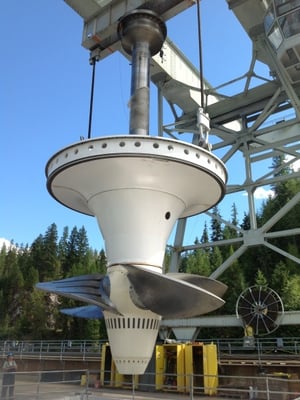 In my last blog post entitled "Are we ready for the Hydropower Wave" I touched on how our existing hydro infrastructure is reaching the limits of its intended life and how there is a huge need to reinvest in this important regional resource. I also posed several difficult questions aimed at provoking thoughts and ideas about how the region plans to rejuvenate hydro plants and transmission systems with mounting pressure on shrinking or stagnant capital budgets. One of the keys to keeping ahead of this curve is to have a solid and well-managed maintenance and equipment tracking system that will save you time and capital dollars by improving the timing and replacement of these critical pieces of electrical and ancillary equipment at your facilities.
In my last blog post entitled "Are we ready for the Hydropower Wave" I touched on how our existing hydro infrastructure is reaching the limits of its intended life and how there is a huge need to reinvest in this important regional resource. I also posed several difficult questions aimed at provoking thoughts and ideas about how the region plans to rejuvenate hydro plants and transmission systems with mounting pressure on shrinking or stagnant capital budgets. One of the keys to keeping ahead of this curve is to have a solid and well-managed maintenance and equipment tracking system that will save you time and capital dollars by improving the timing and replacement of these critical pieces of electrical and ancillary equipment at your facilities.
What’s the Solution? Practical Solutions!
- Jon Fulton
- Transportation & Public Works
There is a lot of discussion lately about our aging transportation infrastructure, and the biggest hurdle seems to be the cost associated with potential projects and the struggle to fund them. As I watch these news stories, I find myself trying to problem-solve and almost always end on Practical Solutions.
Ready or Not, LID is Coming to a Code Near You
- Paul Harmsen
- Land Development, Urban Parks & Recreation, Residential Land Development, Commercial/Industrial Land Development
Updated April 26, 2016
The Washington State Department of Ecology (DOE) is making Low Impact Development (LID) a priority in a major way: they are mandating the use of LID technologies for stormwater design and construction across the board.
Every agency in Washington will eventually be affected by this new rule. For those in the development industry, this is something to note and prepare for. Even if you don’t currently work in Washington, it is only a matter of time before other states follow Washington’s lead, so this will impact you at some point.
Are You Ready to Implement Low Impact Development?
- Paul Harmsen
- Transportation & Public Works
The Washington State Department of Ecology (DOE) is making Low Impact Development (LID) a priority in a major way: they are mandating the use of LID technologies for stormwater design and construction across the board.
Every agency in Washington will eventually be affected by this new rule. Will your agency be ready?
Where Will Your Next Generation of Professionals Come From?
- Mike Gilroy
- Transportation & Public Works, Energy
Finding, retaining, and replacing talent is a constant challenge for a business. Some professions have it easier than others because their pool of potential talent is deep and constantly refreshed by eager graduates who are hopefully job-ready. Other professions, however, have a dwindling talent pool with a drastically lower refresh rate. Based on my observations, many professions within the Energy industry are faced with these shallow pools.
Practical Solutions: A Chat with WSDOT's Nancy Boyd
- Paul Smith
- Transportation & Public Works
Engineering at its core is about producing an effective and efficient solution to a design problem. How can we make this water safe for drinking? How can we more effectively move people and goods from point A to point B while improving safety? Efficient, effective and practical solutions are beautiful things to an engineer.
Is Your Safety Plan Translating From the Page to the Field?
- Heath Mellotte
- Transportation & Public Works, Energy, Energy Transmission & Distribution, Energy Generation
Raleigh Scaffolding Collapse Kills 3 Construction Workers
Three construction workers were killed and another seriously injured late Monday morning when an exterior lift system tore from the side of an office building under construction in downtown Raleigh.
A witness, LeRoy Kelley, said workers were dismantling a "mast climber" on the 11-story Charter Square Building on Fayetteville Street when the elevator-like system collapsed, sending a mobile scaffolding platform to the ground.
Officials with the state’s Occupational Safety and Health Division took control of the Charter Square site, halting construction.
Won’t You Be My Neighbor? Tips for Encouraging Homeowner Association Engagement
- Hollie Logan
- Land Development, Residential Land Development
As a residential land developer, activating the Homeowner Association (HOA) and handing over responsibility for the Covenants, Conditions, and Restrictions (CC&Rs) to it is a big step. On the plus side, it means your project is well-advanced, and it’s also one less thing on your plate. On the down side, you’ve made a tremendous investment in the project and may be nervous about how effective the HOA will be at maintaining your vision.
Smart Streets- There's an App for That
- Heather Davis
- Transportation & Public Works
These days everything seems to be connected. You can connect your home appliances to your WiFi network and even remotely start your car from the touch of your mobile phone. Technology is used in almost every element of our lives. Why not apply this technology to our streets as well? Local agencies are beginning to adopt Complete Streets policies that provide alternative modes of transportation for all users. The next evolution in transportation is to integrate technology with Complete Streets principles to create a transportation system that is accessible and reliable. It’s time to start thinking of Complete Streets as Smart Streets.
Take the Critical Path Less Traveled: Two Simple Project Schedule Checks
- Rob Palena
- Energy, Energy Generation
Last year I wrote an article called Two Simple Checks to Verify the Validity of Your Project's Schedule. With the prime construction season just around the corner, I thought this would be a great time to offer those tips once again. I hope you find them helpful!
How to Hire the Right Consultant
- Derrick Smith
- Transportation & Public Works
About a year ago we introduced a small eBook on this blog called “Hire the Right Consultant: 6 Tips for Public Agencies to Write a Killer RFP.” The eBook was our attempt to help agencies write proposals that are clear and will elicit the strongest responses from consultants.
When Comparing Potential Land Purchases, Look Beyond the Land Price
.jpg?width=300&name=canstockphoto16608162_(1).jpg) When comparing competing sites for land acquisition, it is very important to analyze all of the site specific costs to make a true comparison. The price per square foot for the real estate is just part of the picture. It’s also essential to consider the project-specific costs so the sites can be compared side by side.
When comparing competing sites for land acquisition, it is very important to analyze all of the site specific costs to make a true comparison. The price per square foot for the real estate is just part of the picture. It’s also essential to consider the project-specific costs so the sites can be compared side by side.
There are many different “hidden” costs that can apply to a site, but here are some of the most common.
It's All in How You Sell It (Tip #8 in Your PI Toolbox)
- Lisa Schauer
- Transportation & Public Works, Public Involvement
Your tool kit is complete. You have your marketing/outreach plan, a brand for the project, a website to share what's happening with your project, a database to record who you spoke with, duct tape to ensure you listen completely, tennis shoes to help you connect in person, and a partner in the media to broadcast the stories you collect. Now what? It's time to sell.
Are We Ready for the Hydropower Wave?
- Dennis Schwartz
- Energy, Energy Generation
Beyond Bike Lanes: How to Improve Bicycle Safety at Intersections
- Andrew Holder
- Transportation & Public Works
As a longtime bike commuter I have watched with great interest as the design of bicycle facilities has evolved in recent years. Traditional bike lanes were a welcome addition and a good place to start, but often were not addressed through street intersections, leading to confusion and potentially unsafe conditions when bike and vehicle traffic mix. The lack of clear guidance at these conventional intersections may also contribute to a high rate of cyclists ignoring traffic signs and signals, which we’ve all seen. My colleague Jim Sandlin has previously discussed how roundabouts offer safer bicycle conditions at intersections. However, most intersections are controlled via a stoplight or a stop sign. Let’s look at some of the best new ways to integrate bike traffic in intersections.
Get The Skinny on Narrow Streets
I’ve long advocated for skinny local road standards and implementing “road diets” for existing streets. While often controversial, the idea of narrow streets just makes sense. Streets largely determine the “feel” and livability of our neighborhoods. Narrow streets increase the sense of connection between those living in a community, decrease travel speeds, increase safety, decrease construction and long-term O&M costs, and dramatically reduce environmental impacts (for both stormwater and the “heat island” effect of asphalt). And to me, neighborhoods built around narrow street sections just feel right.
Transportation Funding by the Numbers
- Kris Strickler
- Transportation & Public Works
We are all keenly aware that the buying power of our dollar simply isn’t what it used to be. But how often do we look at the buying power of our tax dollars? I imagine that most of us agonize about how much we individually pay into the tax system, but don’t consider how those tax dollars buy less and less as time goes on. Unfortunately, agencies at every level are dealing with the financial difficulty of less buying power, and many of them are dealing with declining revenues as well. That’s two trends heading in the same, albeit wrong, direction.
Transportation funding is one of those nagging topics subject to the same declining trends of buying power and incoming revenue. Whether we are thinking of state or local transportation funding, or funding at the national level, there are alarming trends that put the future of infrastructure, and the economy, at risk.
Navigating in the Digital Age - Part 2
In my last post, I set the stage to talk about how we at MacKay Sposito use technology to assist our energy and transportation field work spanning multiple states and crossing many a remote area. At the end of that post, I asked folks what tool they use most to get from Point A to Point B and below are the results of that survey:
Partner with the Media (Tip #7 in PI Toolbox)
- Hollie Logan
- Transportation & Public Works, Public Involvement
Many of us will readily admit to having anxiety when receiving press inquiries regarding a controversial project. I am sure you immediately envision drawing a blank on live television. Or in your nervousness you begin to talk and you realize nothing is ever "off the record." Breaking into a cold sweat yet? This doesn’t have to be a scary experience. In fact, the advantages far outweigh the temporary heart palpitations.
How to Survive Remote Project Staffing Challenges
- Pat Carroll
- Energy, Energy Generation
Updated June 14, 2016
In prior posts, I’ve covered several issues to consider before replacing or upgrading an existing hydropower turbine. These are challenging projects that tax even the most savvy operator. I’ve previously addressed the issues of:
One Agency's Success With Innovative LID Solutions - Case Study
- Lisa Stenberg
- Transportation & Public Works
Updated June 10, 2016
The use of Low Impact Development (LID) techniques for treating and disposing of stormwater is gaining popularity. However, many people remain hesitant to implement LID. Questions persist about LID performance, maintenance, and costs because many of these questions can only be answered through experience and firsthand implementation. It’s a circular process where only a few venture to use LID because of the uncertainties. However, the unknowns that deter others can only be resolved through greater use of LID techniques.
The City of Puyallup, WA is trying to break this cycle. Programs like Puyallup’s Rain Garden Program and Get Disconnected demonstrate the City’s commitment to finding new, innovative ways of managing stormwater. In 2014, myself and a few other MacKay Sposito staff had the privilege of seeing firsthand several successfully implemented LID technologies. City of Puyallup staff were able to showcase several projects and provided insights into the performance and maintenance costs of installed LID solutions.
Five Advantages Roundabouts Offer Cyclists Over Conventional Intersections
- Jim Sandlin
- Transportation & Public Works
As a design professional and avid cyclist, I often find myself analyzing and assessing the level of risk I have while on my bike. For example, I am a fairly confident cyclist comfortable merging with traffic and navigating busy intersections when I am alone. However, when riding with less confident riders such as my children, I look for safer routes that often even include riding on sidewalks and crossing at crosswalks.
Use Duct Tape (Tip #6 in PI Toolbox)
- Lisa Schauer
- Transportation & Public Works, Public Involvement
Duct tape was originally invented to tightly bind together two objects. This tape was made differently from the standard scotch tape or masking tape. Developed to be durable, stronger and more reliable. You just couldn't break this tape. Did you know as a Public Involvement facilitator you may need to use duct tape to accomplish your job?
Sharing the Advantages of Hydropower [Infographic]
- Dennis Schwartz
- Energy, Energy Generation
As humans and residents of the Northwest we've come to rely heavily on power generated by hydroelectric facilities. As energy consultants employing experts who assist in upgrading and maintaining hydro facilities, we are passionate about the benefits they offer. I'd like to share some thoughts I've compiled of the advantages of this industry.
Below are five tips I've summarized to keep in your back pocket if/when you may be confronted by critics.
I've also shared an infographic with some statistics and facts related to hydroelectricity.
Practical Solutions for Saving Lives and Money
- Paul Smith
- Transportation & Public Works
Infrastructure demands on our local and state transportation divisions continue to exceed our nation’s financial resources. Departments of Transportation around the country face the challenges of deteriorating infrastructure, increasing maintenance costs and decreasing budgets. What’s more, most states have adopted Toward Zero Deaths initiatives, such as Washington State’s Target Zero. Funds are extremely limited and goals are admirably high. In this environment it is vital that we maximize our limited transportation dollars and choose projects and design elements that make the most significant difference in keeping our friends and neighbors safe.
Maximizing safety and performance while minimizing costs is at the heart of our MacKay Sposito Practical Solutions commitment. Roundabouts are one of the most effective ways of improving both safety and performance, while keeping an eye on the bottom line to ensure the intersection design results in cost-effective solutions.
Stop! Read This Before Replacing or Updating Your Hydro Turbines (Part 3)
- Pat Carroll
- Energy, Energy Generation
Updated June 14, 2016
In prior posts, I committed to an ongoing discussion about issues you should consider before replacing or upgrading an existing hydropower turbine. These are challenging projects which will tax even the most savvy operator. I’ve previously tackled the issues of risk management and remote geography. Other topics in this ongoing series will include:
Wear Tennis Shoes (Tip #5 in PI Toolbox)
- Lisa Schauer
- Transportation & Public Works, Public Involvement
Successful political campaigns depend on mobilizing people to vote. According to the US Census Bureau, leaders running for political office shouldn't generally expect more than 60% of the constituents to vote. So, aspiring politicians with the need to build name recognition among voters must resort to "door belling" -- a concept I hadn't been introduced to until a couple of years ago when a friend asked me to door bell for a local community leader with political aspirations. I believed in this leader's message and wanted to help share who he is, what he stands for, and why our neighbors should vote for him. I door belled for 4 hours and I was exhausted. I have to confess I can't imagine door belling every day for two to eight hours! This is the truest form of grassroots politicking and commitment to a cause.
While I knocked on doors, I met all kinds of people: those interested in politics, those disgusted by politics, and those who didn't want to talk. Ringing door bells allowed me to interact directly with my community. You never knew who would open their door and what story they may be interested in telling if I took the time to listen. My tennis shoes became an essential tool in completing my task.
In Tip #5 of our Public Involvement Toolbox, I'm going to emphasize the value of door to door stakeholder outreach to gather valuable public input.
The Value of Master Planning
- Bryan Cole
- Land Development, Urban Parks & Recreation, Residential Land Development, Commercial/Industrial Land Development
Are you contemplating expansion or new development of your institution or facility? This can be a complicated effort and I’d like to share with you a few benefits of undertaking a master planning process as an invaluable step in making your growth a reality and less of a headache.
A master plan is more than just a pretty picture. It is like a roadmap, or GPS, charting the course from the current status of your facility, and routing your aspirations and needs so that you arrive at your final location successfully. The following are 4 tips that are just a few planning tools I suggest to help guide you through the journey.
Tip #1: Confirm your FInal Destination - Setting Yourself Up for Success
Stakeholder Database Made Easy (Tip #4 in PI Toolbox)
- Marissa Delgado
- Transportation & Public Works, Public Involvement
One important element of your Public Involvement effort is keeping track of all your project’s stakeholders. This can be especially vital when project funding and environmental processes require specific public outreach notifications (ex: SEPA or NEPA requirements). This is a task that can quickly become overwhelming once you consider your complete stakeholder list and additional information you are wanting to keep track of, such as:
- Personal contact information
- Address and location information
- Attendance at project events
- Distribution of project collateral
- Other correspondence or specific interaction
A thorough and consistent stakeholder database is key in order to utilize it as the vast information tool it is. A complete database is full of great statistics and facts regarding your project achievements as well as an important historical reference. In the video below I share a database program that we use called Smartsheet that we have found great success in. It integrates well with Google Mail, can easily be exported into multiple other formats, and also allows for all of your project team to view the most updated information regarding your stakeholder outreach in real time. This feature can be invaluable, especially if you have more than one point of contact for stakeholders to reach out to with questions and concerns.
I'd love to hear from you about tools you have used to track your stakeholder outreach. Call, email, or message me on Linkedin.
For more tips and trends regarding Public Involvement, see our Public Involvement Toolbox.
We Can All Make a Difference...
- Kris Strickler
- Transportation & Public Works
Advocate. Advocating. Advocacy. These are words that most people correlate to some sort of political movement. The words, like many others, speak to an audience in an emotive way. They naturally engender a feeling of persuasion. The words tend to generate a sense of complexity, or individual disposition, that sometimes leaves us with an impression that you have to “bleed” for a cause to be relevant, or you have to take risk and be aggressive in your approach to support what you believe. People I’ve talked to feel that the terms “advocate” and “lobby” are interchangeable and many more, unfortunately, feel as though their energy and support for a topic will go unheard, or that they can’t advocate for their beliefs because they simply don’t feel equipped to effectively argue their need.
The fact is, all of us are advocates at some point in our lives, and most of us advocate on a daily basis. Whether it’s a father pleading with his family physician to prescribe medication for his sick son, or that son later in the evening pleading with his father to let him go out and play rather than rest, both are demonstrating their own personal form of advocacy. Most of us take those minor doses of advocacy in stride, and frankly, don’t even categorize them as such because we simply see them as part of our daily routine. I once found myself arguing with my brother over what type of brake pads to use on my vehicle, he said the cheapest, and I wanted to ones with the warranty. Both would work, but one provided me with a better long-term operation and maintenance cost for my vehicle, so I “advocated” for my option. Which brings me to the point, which I’m sure you’ve been waiting for; all of us are equipped to advocate for those central things in our lives that are essential, or “givens”, for a thriving economy and an improved quality of life, we just may not know that we are.
Solar Flare May Cause GPS Issues Through the Weekend
- Jered McGrath
- Energy
There was a large solar flare that happened yesterday pushing what is called a CME storm towards earth. When this type of storm hits our satellites and atmosphere there is increased noise and errors in the GPS signals. It's not know how much or when this will hit but predictions put it late today, andtomorrow for most of it.
Navigating in the Digital Age
The Evolution of Not Asking for Directions
I was cleaning out my car the other day. It’s normally a fairly tame task, in fact the only time it can get a little exciting is when cleaning out under the seats. There’s something about not being able to see what you’re doing, reaching up at awkward angles, rooting around in the wiring and seat railings never knowing what long lost treasure, or trash, you may find. Amongst the spare change and a leaking ink pen, I fished out an old mainstay – a road map. I got a little nostalgic thinking about how things have changed from the last time I pulled out a road map, which is getting close to a decade ago. It was my tool for driving back and forth across the country while changing duty stations when I was in the military. The last line of defense from getting lost, and perhaps the only thing worse than getting lost….having to stop and ask for directions.
Creating a Project Website (Tip #3 in PI Toolbox)
- Hollie Logan
- Transportation & Public Works, Public Involvement
Keeping your stakeholders and the community informed of project status updates can be daunting; especially if you have several means of communicating with them: i.e. social media, print material, agency website, etc. One great way to ensure consistent messaging while maintaining current real time information about the project to the greater community and stakeholders is to establish a project website. This website can easily link to your agency site so that it’s easy to find.
In Tip # 3 of our Public Involvement Toolbox, I’m going to walk you through five misconceptions of this underestimated and valuable tool.
Got Entitlements?
What are Entitlements?
Entitlements for a commercial or industrial development include Site Plan and SEPA (State Environmental Policy Act) approvals from the agency that regulates the property. Typical site plans will show the proposed building square footage, parking and drive aisles for both cars and trucks, storm drainage facilities, landscape, buffers and setbacks. In some jurisdictions, SEPA may require a preliminary fill and grade plan. These approvals also require consultant studies, such as, traffic studies, storm drainage analysis and wetlands.
Site plan and SEPA approvals can be completed for an assumed maximum build-out of the site and the addendums can be approved by the agency issuing the original approvals.
Addendums allow the property owner to tailor existing entitlements to meet the needs of a development proposal when the opportunity arises. This saves time and allows more predictability in the process.
What Benefits do Entitlements Provide a Buyer or Tenant?
Stop! Read This Before Replacing or Updating Your Hydro Turbines (Part 2)
- Pat Carroll
- Energy, Energy Generation
Overcoming Geographic Challenges (Part 2 of a 4 Part Series)
Updated June 14, 2016
In my last post, I committed to an ongoing discussion about issues you should consider before replacing or upgrading an existing hydropower turbine. These are challenging projects which will tax even the most savvy operator. I also discussed ways to mitigate risks through effective contracting and project management.
What Can You Do With Roundabout Real Estate?
- Hollie Logan
- Transportation & Public Works
Agencies all over the world are looking to roundabout art to provide aesthetically pleasing options to roundabout real estate that is otherwise difficultto maintain. As we continue along our Roads 2.0 series, I’d like to share a Q/A session I had with Brad Emerson, Special Projects Director with the City of Bend, Oregon regarding their successful roundabout art program.
Upon arrival into Bend, I stopped into the “Visit Bend” visitor center, picked up a map showcasing their collection and participated in a self-guided tour of their “Roundabout Art Route”. They have turned these impressive works of art into an opportunity to promote tourism. It also provides a firsthand look into the infrastructure changes and growth happening within their community.
Stop! Read This Before Replacing or Updating Your Hydro Turbines (Part 1)
- Pat Carroll
- Energy, Energy Generation
(Part One in a Series of Four Topics)
Replacing or upgrading existing hydropower turbines is no small task. You’ll face a number of challenges including the sourcing of parts from all over the world, remote work locations, internal staff turnover, difficult contractual relationships, deadlines, and budget constraints. There will be plenty of reasons you won’t sleep at night.
Brand Your Public Involvement Project (Tip #2 in PI Toolbox)
- Hollie Logan
- Transportation & Public Works, Public Involvement
In our previous post from our PI Toolbox Series, we shared with you Step 1 - Developing a Marketing Plan. Now, we will be discussing establishing a “brand” for your project.
These tips will assist you in connecting with stakeholders and garnering public attention. Brands are powerful for communicating the purpose of your project and the goals you hope to achieve.
The following are 5 steps we recommend you follow to support your public involvement effort:
1. What’s in a name?
Project names for agency contracts can often be technical in nature and too descriptive. Create a short, memorable phrase that is “catchy” and will represent the goals of the project. Use the phrase anytime you reference the project in public and as a team. The media will likely pick it up and use it as well.
Four Tips for User Friendly and Maintainable Fish Facilities
- Jason Irving
- Energy, Energy Generation
You’re not alone. Fish facilities are often complex projects with a multitude of electrical, mechanical and other moving parts. Modifications during or after construction can be considerably more expensive especially on these facilities which are often in remote locations, so you want to get it right the first time.
You spend significant time and money planning, permitting, designing and constructing fish facilities. Often times O&M staff will make modifications using simple materials such as plywood and pulleys. While these modifications are generally low cost and functional, the materials may not stand up over time. The following tips will help you get it right the first time and avoid costly repairs and frustrated O&M staff.
4 Steps for Incorporating Inclusive Design Elements into Park Systems
- Bryan Cole
- Land Development, Urban Parks & Recreation
Inclusive design encourages equality of play opportunity for all ages and abilities. Incorporating inclusive design elements within our park systems can provide a better quality of life for our communities. I think a lot of us know this, but project deadlines and budgets sometimes prevent a park from living up to its full potential.
4 Factors to Consider Before You Start Your Recreation Design Project
- Bryan Cole
- Energy, Shoreline Recreation
Do you struggle with where to start when it comes to making the required upgrades to existing recreation facilities? If so, you're not alone. The process to renew these facilities can be daunting.
Since these recreation improvements are typically located along a shoreline, there are often several permitting agencies that provide input, direction and approval to construct your recreation project. With that in mind, let me share with you four key factors to consider prior to starting your recreation design, which will help to avoid problems down the road.
Our Nation's Infrastructure Investment Would Disappoint My Great-Grandparents
- Derrick Smith
- Transportation & Public Works, Energy, Energy Transmission & Distribution, Energy Generation
Yesterday I made my weekly commute through the Columbia River Gorge. The Gorge is beautiful and impressive. Beautiful for its great canyons, mighty river, expanse of forests, and waterfalls. Impressive because of the hydroelectric dams, wind generation, highway, river and rail transportation systems.
I've made this trip along the Washington/Oregon border so many times that the enormity of it often passes unnoticed. Perhaps most dramatic, the Bonneville Dam, sits in an amazing setting of cliffs, trees, and river pools. Built in 1929, this Dam provides 1,000 MW of renewable energy to the Pacific Northwest and beyond. The dam is also skirted by the impressive Historic Columbia River Highway and newer Interstate 84.
Modern Roundabouts: Trucks Welcome?
- Paul Smith
- Transportation & Public Works
You've seen our previous infographic that outlined the benefits of roundabouts. While there are several benefits to incorporating these into your transportation network, they can also pose some challenges. One of those challenges is accommodating commercial trucks, especially on multilane roundabouts.
Discover the Hidden Advantages to Outsourcing Your Construction Management
- Rob Palena
- Energy, Energy Transmission & Distribution, Energy Generation
The decision to use an outside firm to perform construction management and/or inspection on your projects is sometimes an obvious one. The common problems that owners face include:
-
Hiring and firing staff to cover temporary upswings in construction volume
-
Inefficient staff utilization in between projects
-
Projects with specialized construction techniques or heightened regulatory compliance that exceed the capabilities of in-house staff inspectors
If your group has experienced any of these, you’re probably already familiar with the reasons for hiring a consultant. However, there are some not so obvious advantages that are also worth considering.
Build Your Public Involvement Roadmap by Asking 5 Simple Questions (Tip #1 in PI Toolbox)
- Lisa Schauer
- Transportation & Public Works, Public Involvement
Last month I shared the most important PI Tool is the power of connection. I also committed to sharing Public Involvement tips that will offer insight and suggestions to create and add to your Public Involvement toolbox. Let's start with Tip #1!
10 Tips to Ensure Effective On-Site Safety Discussions
- Heath Mellotte
- Energy, Energy Generation
Safety is Job #1 for everyone on your team: employees, consultants and especially your contractors. Your contractors should be running effective meetings to set the proper tone for safety on your sites. These meetings are a valuable way to teach best practices, share lessons learned and make your team aware of potentially hazardous job site activities.
5 Myths about Low Impact Development (LID) De-bunked
- Paul Harmsen
- Transportation & Public Works, Land Development, Residential Land Development, Commercial/Industrial Land Development
Recently, Bryan Cole wrote a blog post that defined Green Infrastructure and Low Impact Development (LID) and discussed the benefits of Green Infrastructure thinking. Over the years, I’ve encountered a number of skeptics when it comes to integrating Green Infrastructure and Low Impact Development practices into design.
What I’ve found is that there are many misconceptions, or myths, about Low Impact Development and a lot of confusion. There are numerous benefits to using LID practices, and today I’ll address some of the most common myths I've heard.
Why Roundabouts? [Infographic]
- Derrick Smith
- Transportation & Public Works
Roundabouts are an efficient and extremely cost effective transportation intersection improvement.
Of course, they aren't a one-size-fits-all solution, but they do help solve challenging intersection and road design problems. They also move traffic extremely well.
That being said, it often takes time for the public to warm up to them. No doubt you've attended a public meeting and have heard from the naysayers. So, in an effort to help you sell the concept, we've put together the following infographic based on facts from the Washington State Department of Transportation and the US Department of Transportation.
Seven Tips for Building Relationships with Property Owners along Your Transmission Lines
- Zack Martin
- Energy, Energy Transmission & Distribution
Energy projects impact many people. Whether it's surveying, designing, or constructing transmission, distribution and substation infrastructure, you’re sure to meet neighboring property owners along the way. If your experience is anything like ours, some are friendly, and some...not so much. It’s important to leave a positive impression on these important stakeholders. Like all relationships, your relationship with these neighbors is a product of a thousand small interactions.
The Most Effective Public Involvement Tool: The Power of Connection
- Lisa Schauer
- Transportation & Public Works, Public Involvement
Public involvement at its core means to involve the public. Public involvement is really about creating a connection, listening and responding. The challenge is that creating connections is as different as each of us. It cannot possibly be a one size fits all approach. It is simply not a checklist with tasks. It is about people with different perspectives, different experiences, different opinions. The most talented and skilled Public Involvement communicators are chameleons. They can juggle the needs of many, with an extensive toolbox at their ready.
Why We Love Green Infrastructure (And You Should, Too!)
- Bryan Cole
- Transportation & Public Works, Land Development, Residential Land Development, Commercial/Industrial Land Development
Whenever possible, we choose Low Impact Development or “Green Infrastructure” approaches for our transportation, land development, and site development design projects. We love "Green Infrastructure” solutions and think you should too!
What is Low Impact Development (LID)?
Two Simple Checks to Verify the Validity of Your Project’s Schedule
- Rob Palena
- Energy, Energy Generation
Every project manager knows that understanding the drivers of a project’s progress at any point in time is essential for forecasting milestone completion dates. With the intense financial and regulatory pressure most energy projects are under to be completed on-time, understanding a project’s critical path (and what can be done to manipulate it) is, well….critical!
Hire the Right Consultant - 6 Tips for Public Works Agencies [eBook]
- Derrick Smith
- Transportation & Public Works
Read our eBook on 6 Tips for Public Agencies to Hire the Right Consultant
As a consultant, I’ve had the opportunity to respond to hundreds of local, county, and state government Public Works Requests for Proposal (RFP). RFPs are the best way to ensure a quality consultant selection. I’m one of the weird guys who actually enjoys participating in the process and we put a lot of time and energy into understanding a client’s needs, researching project drivers, preparing a solid proposal response, and attending interviews (the most important part).
The following document contains a short list of RFP “Tips” designed to help public works agencies prepare better RFPs. Click the image below to read it!
Catch My Continental Drift
- Lisa Schauer
Introducing the MacKay Sposito Technical Blog for Energy, Public Works and Land Development Markets
At MacKay Sposito, our business is complex, and it’s sometimes challenging to describe what we do and who we serve. We played around with a few ideas, and settled on an analogy that uses land, since it’s one element that ties our business together.
I’ll compare our business (MacKay Sposito) to Pangaea. You may remember the Pangaea theory from your high school geology class - it was a single supercontinent that divided into several land masses over 200 million years ago.
About this blog
Constructive Candor is for our clients. It's our team sharing their knowledge to make your job easier.
Subscribe to Constructive Candor:
Recent Posts
Posts by Topic
- Energy (74)
- Transportation & Public Works (68)
- Energy Generation (40)
- Energy Transmission & Distribution (38)
- Land Development (24)
- Residential Land Development (22)
- Commercial/Industrial Land Development (21)
- Urban Parks & Recreation (18)
- Public Involvement (11)
- Gas/Pipelines (9)
- Shoreline Recreation (8)
- Landscape Architecture (6)
- Civil Engineering (4)
- Land Surveying (3)
- Inclusive Design (2)
- Multi-Disciplinary (2)
- Oil & Gas (2)
- Partner Relationships (2)
- ADA Compliance (1)
- ADA Retrofitting (1)
- Company Projects (1)
- Employee Event (1)
- Employee Updates (1)
- MSi Updates (1)




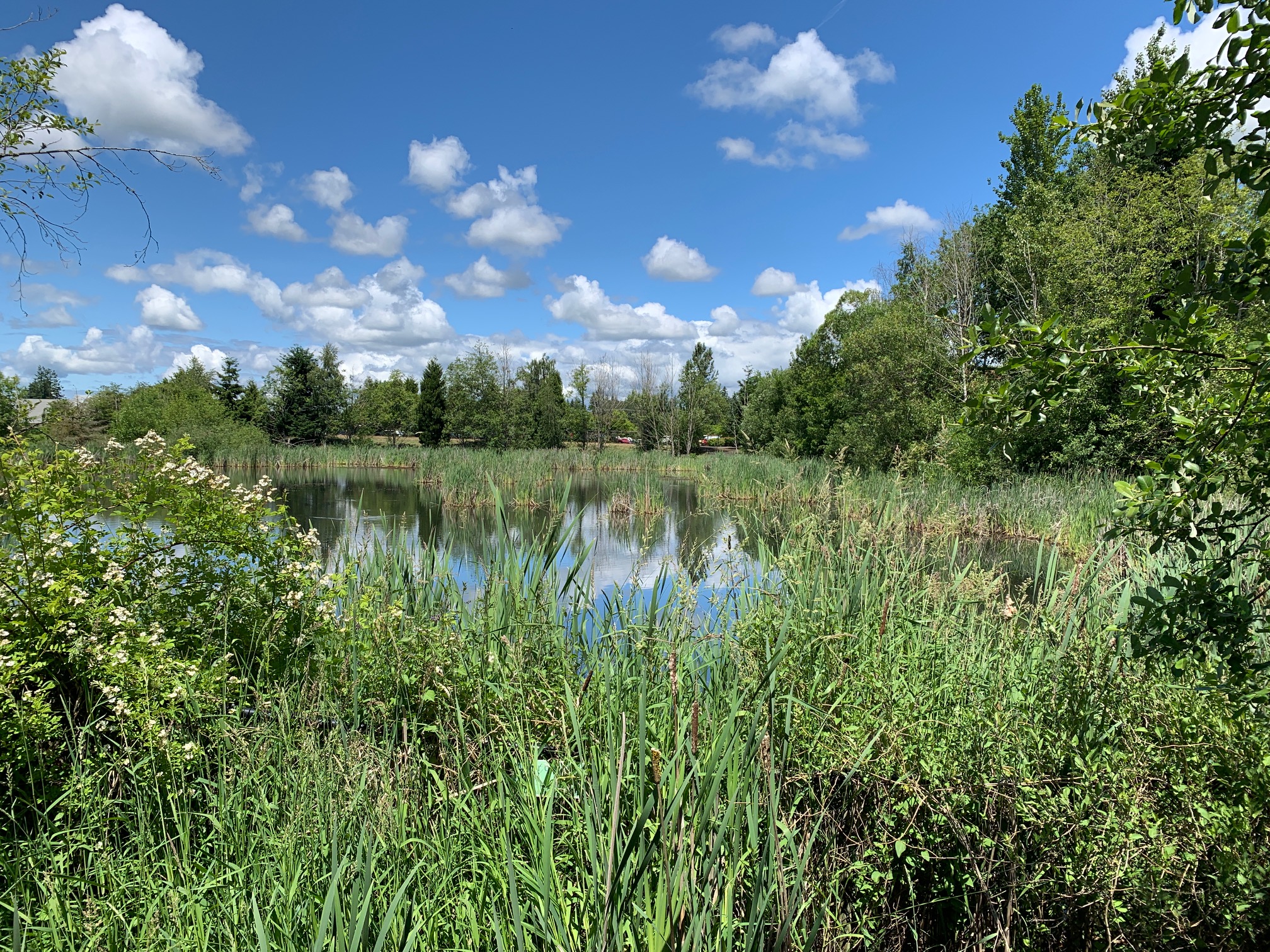

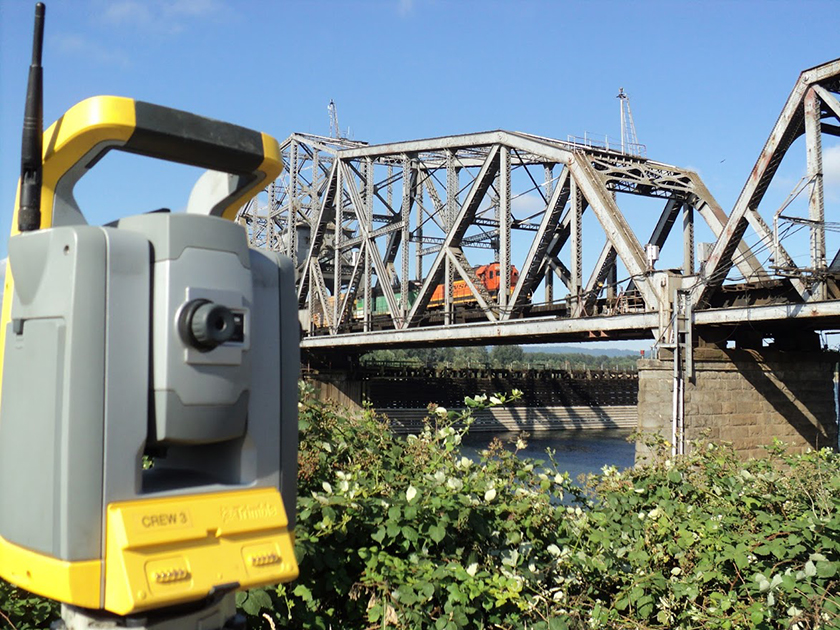
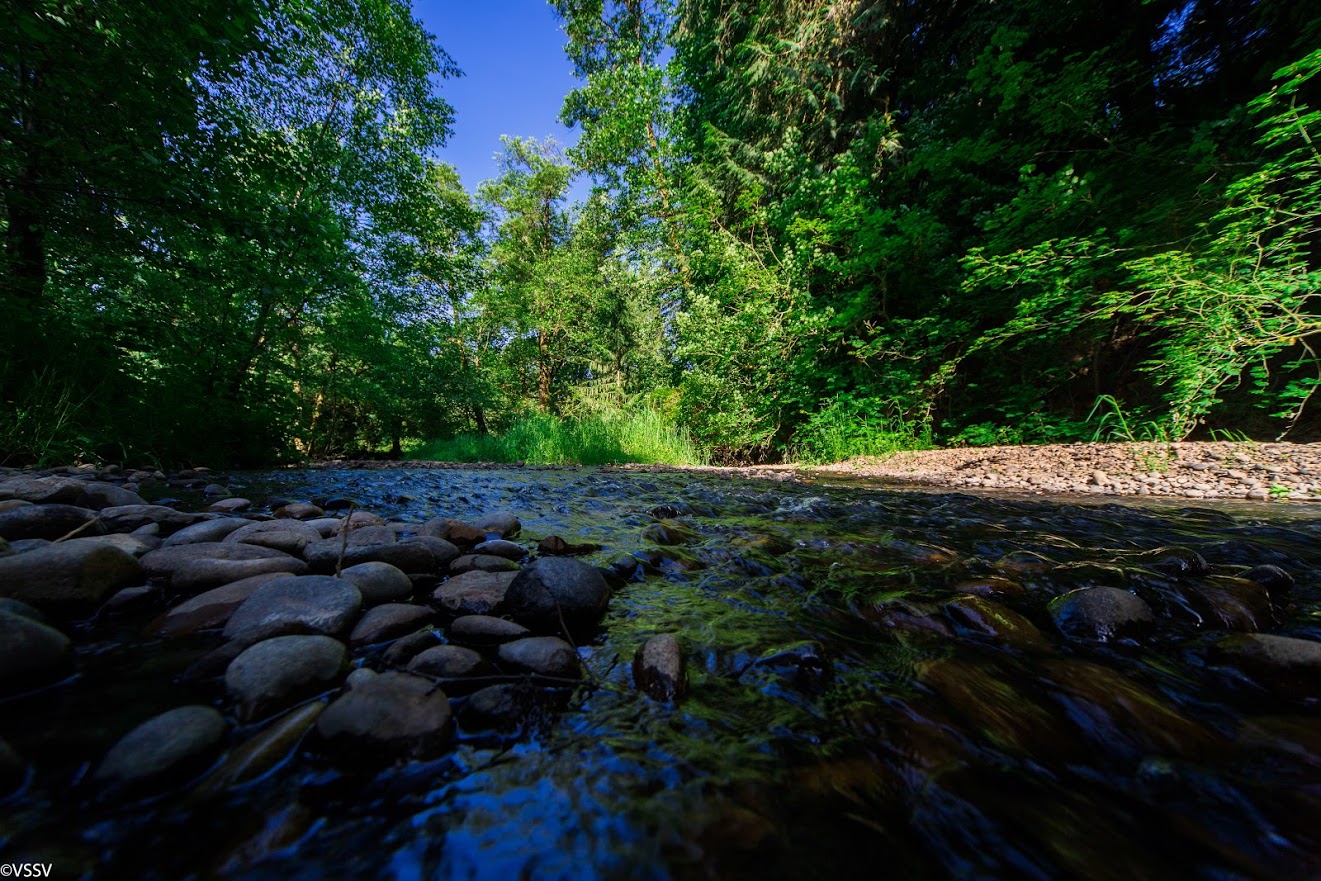
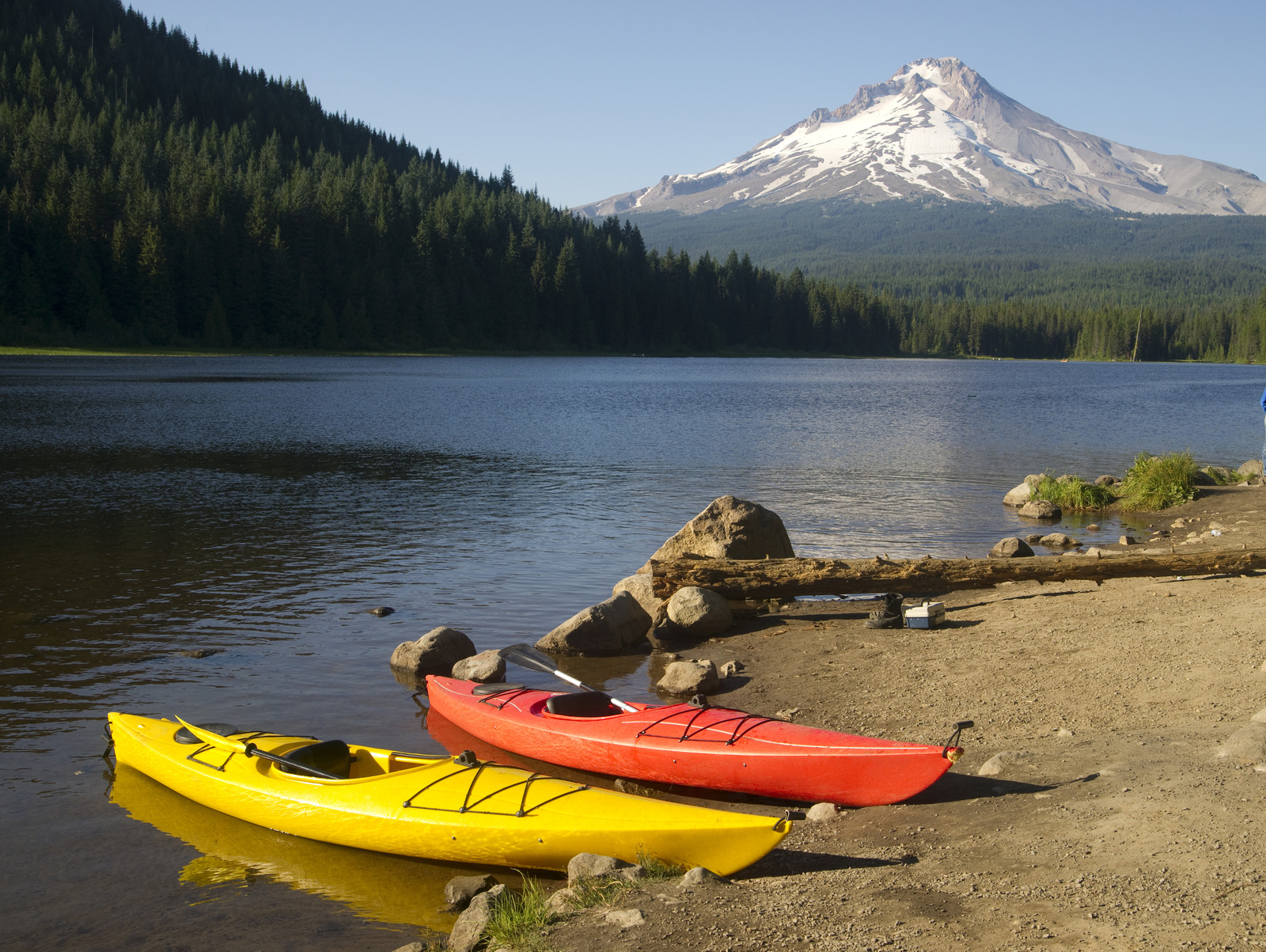


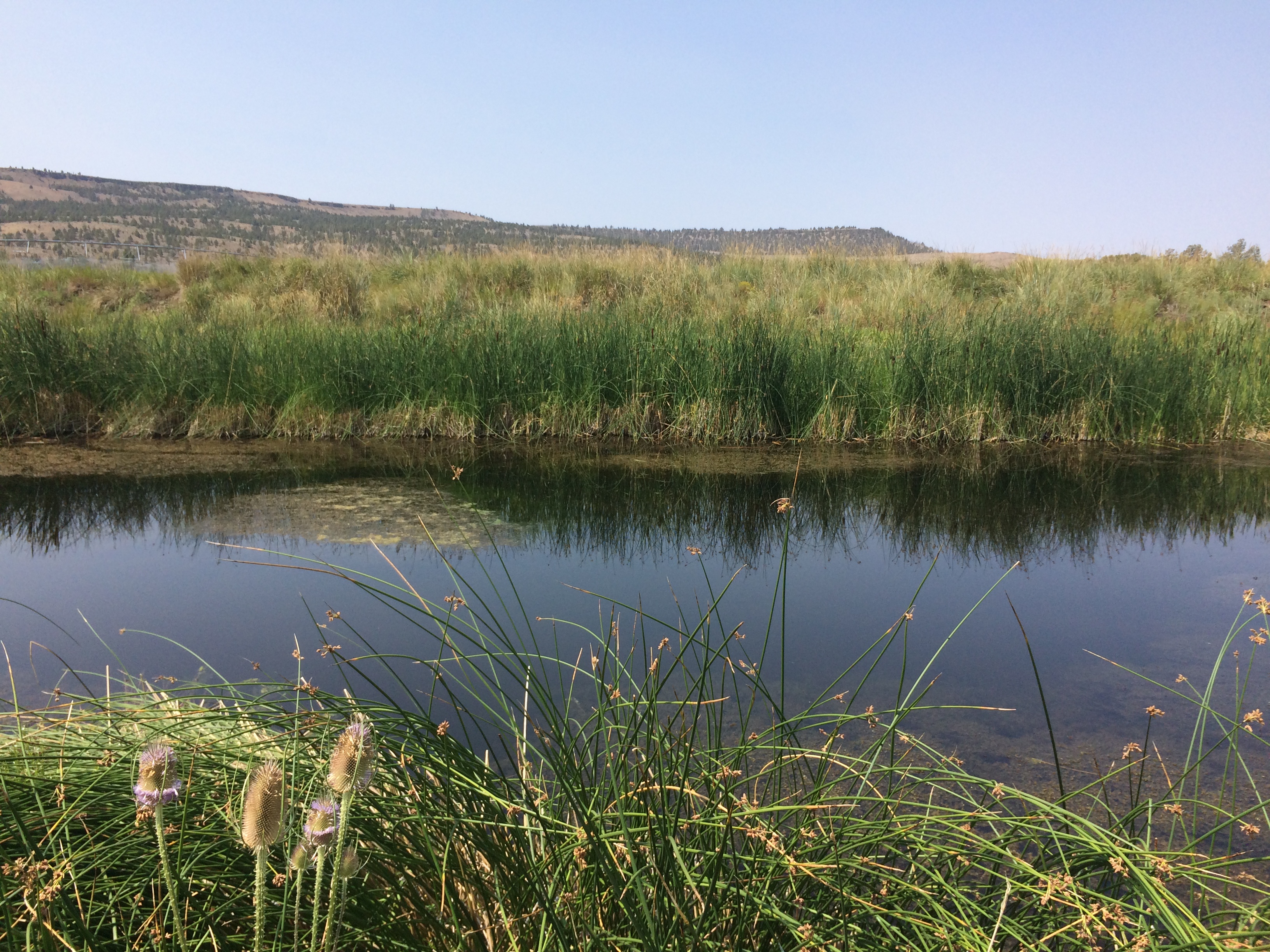
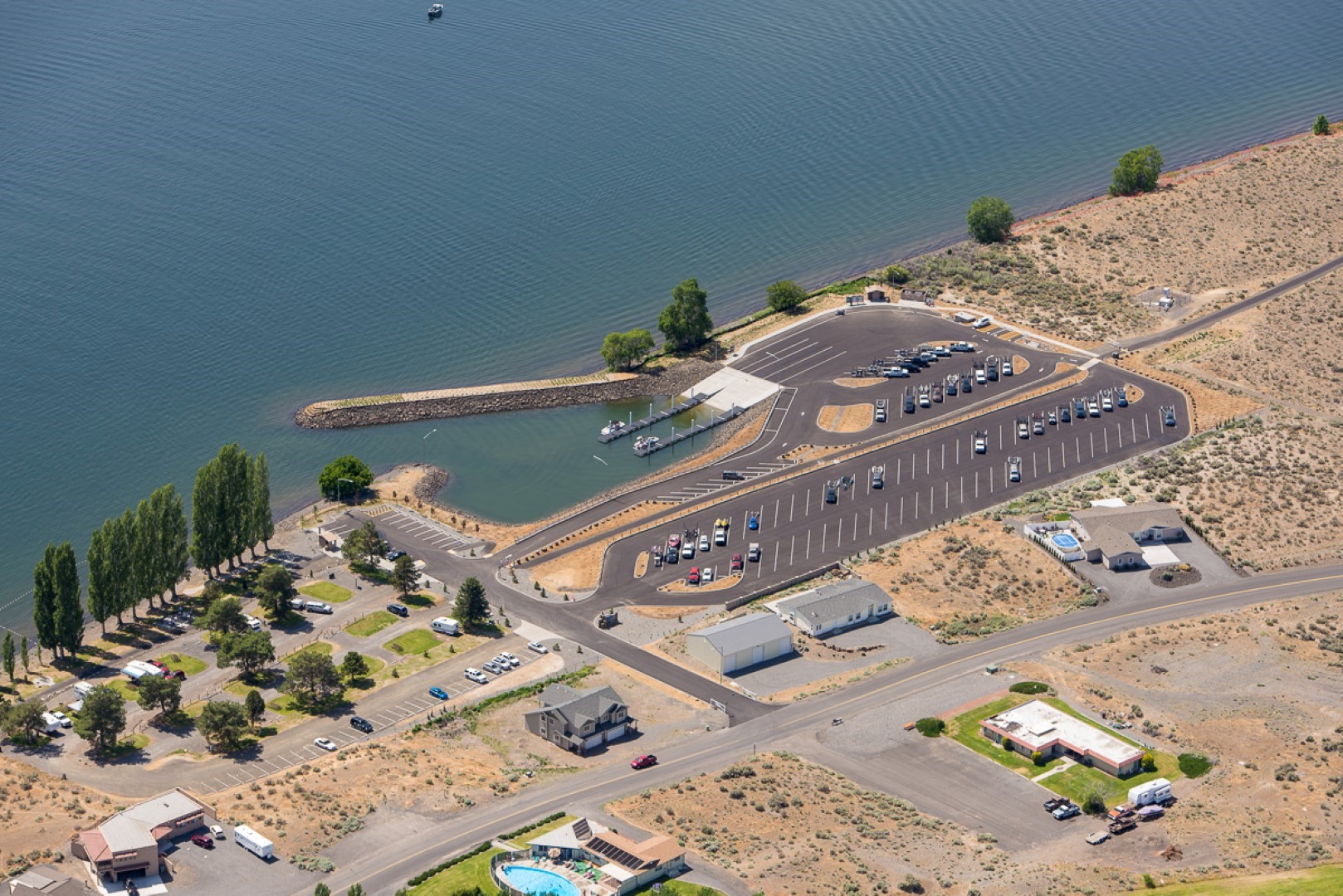
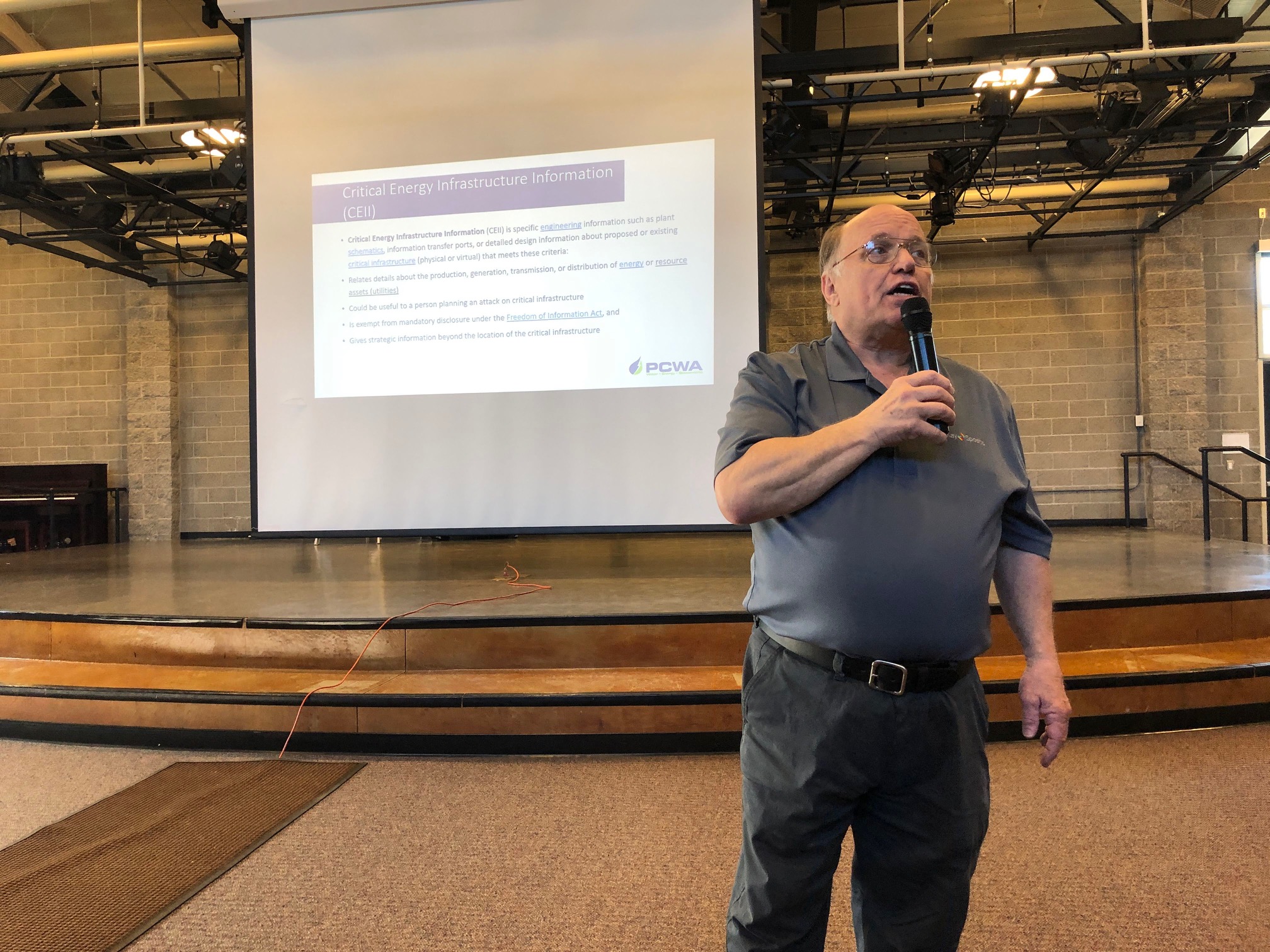
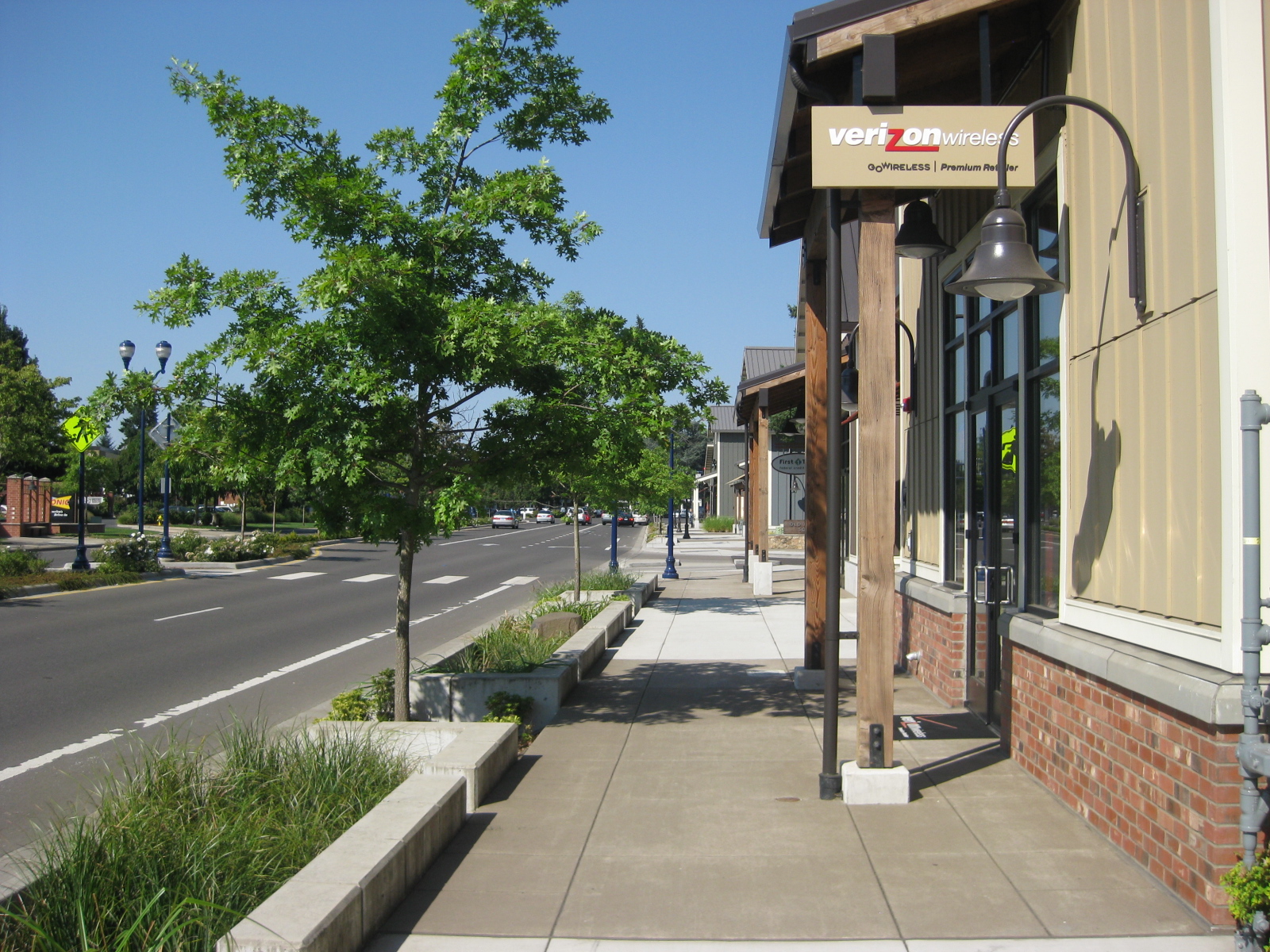



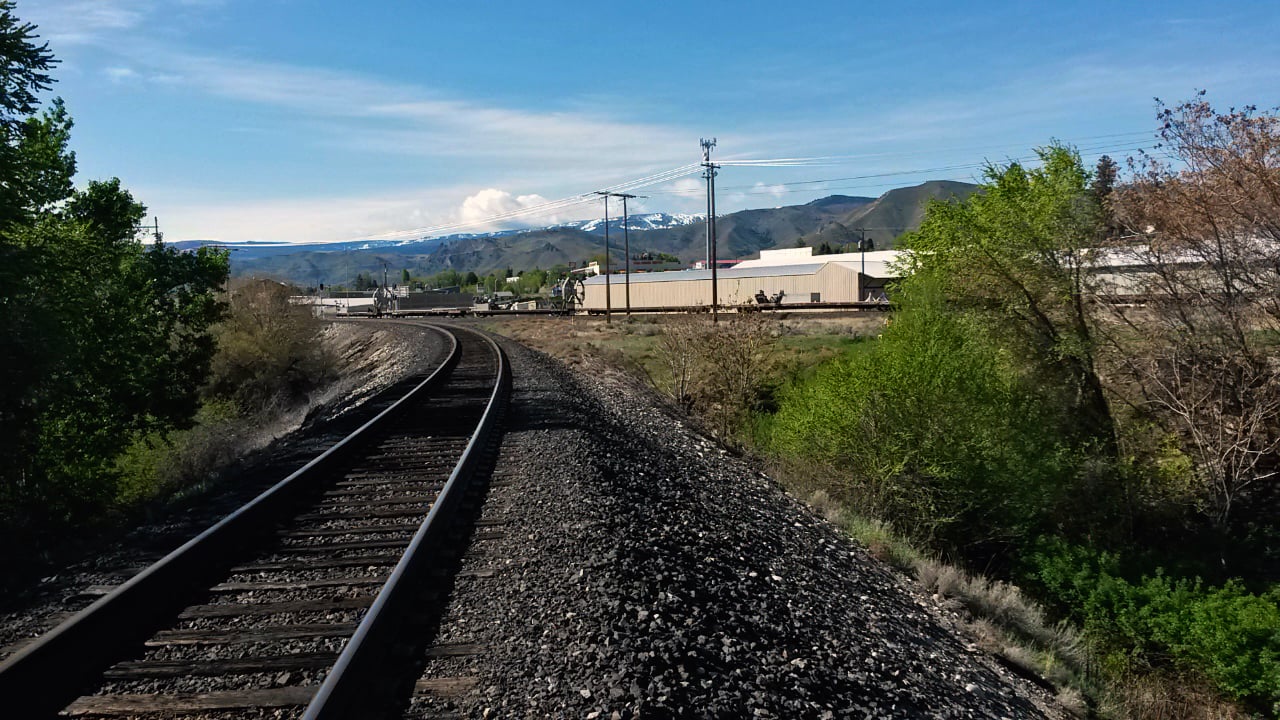
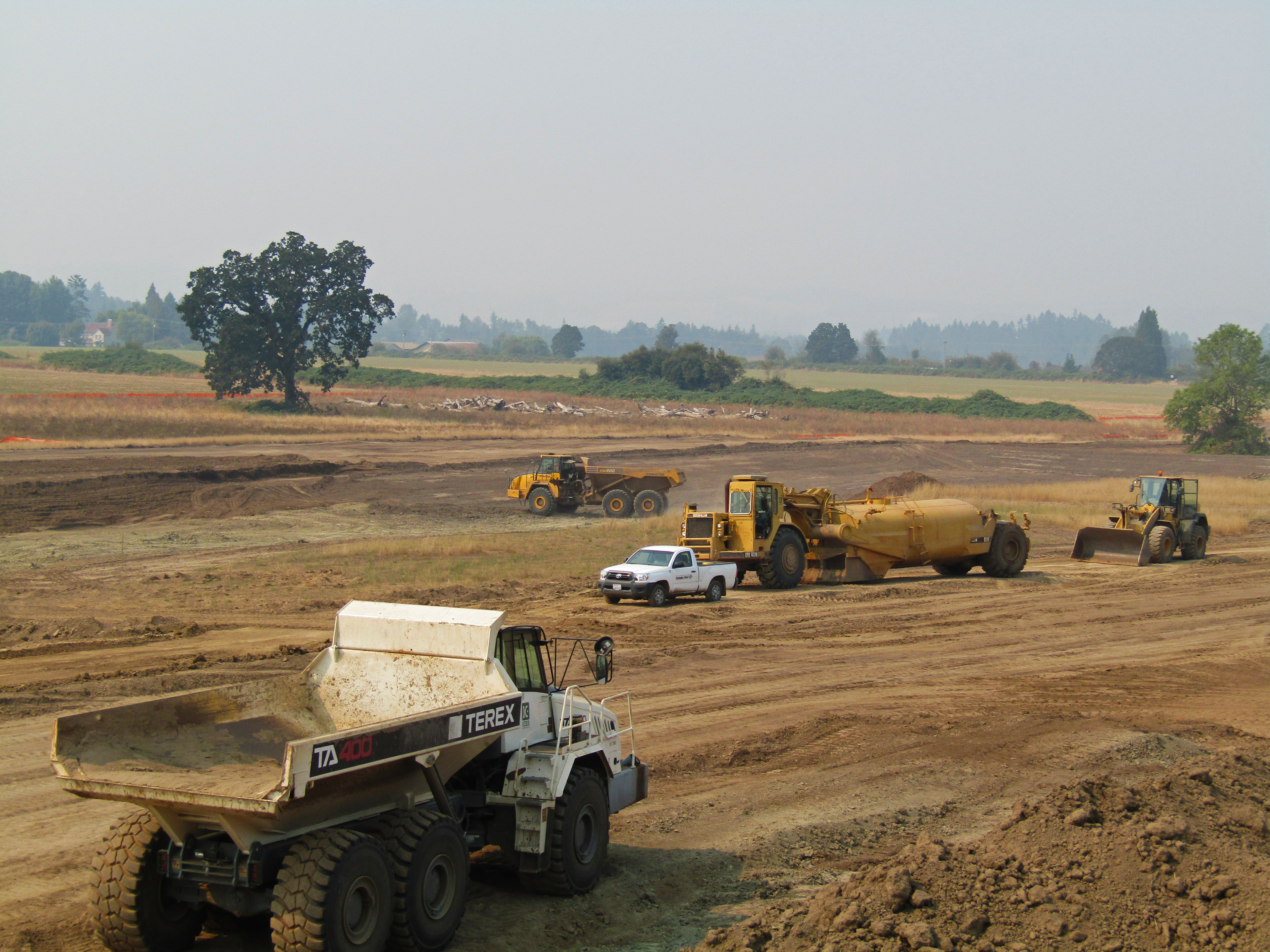
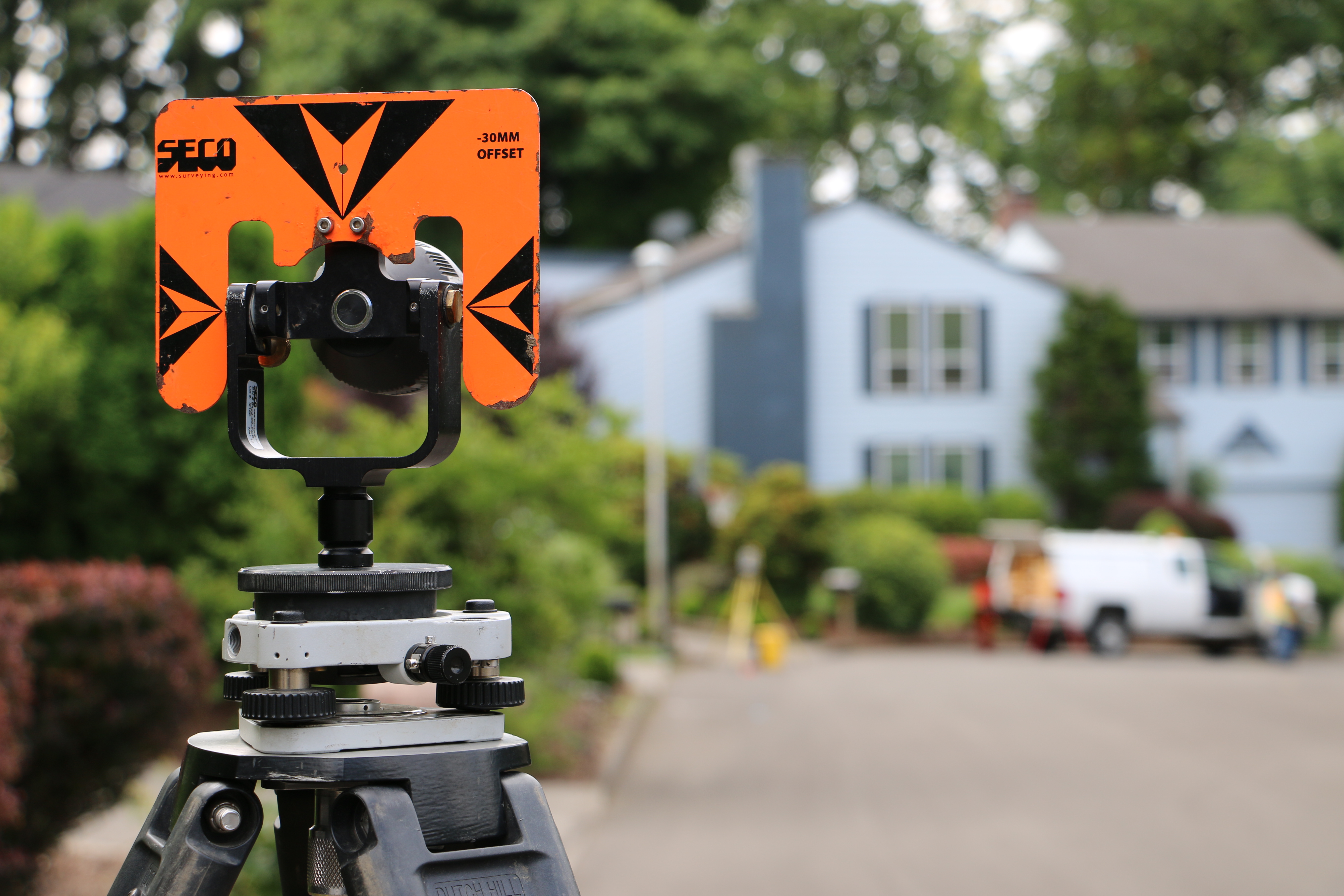
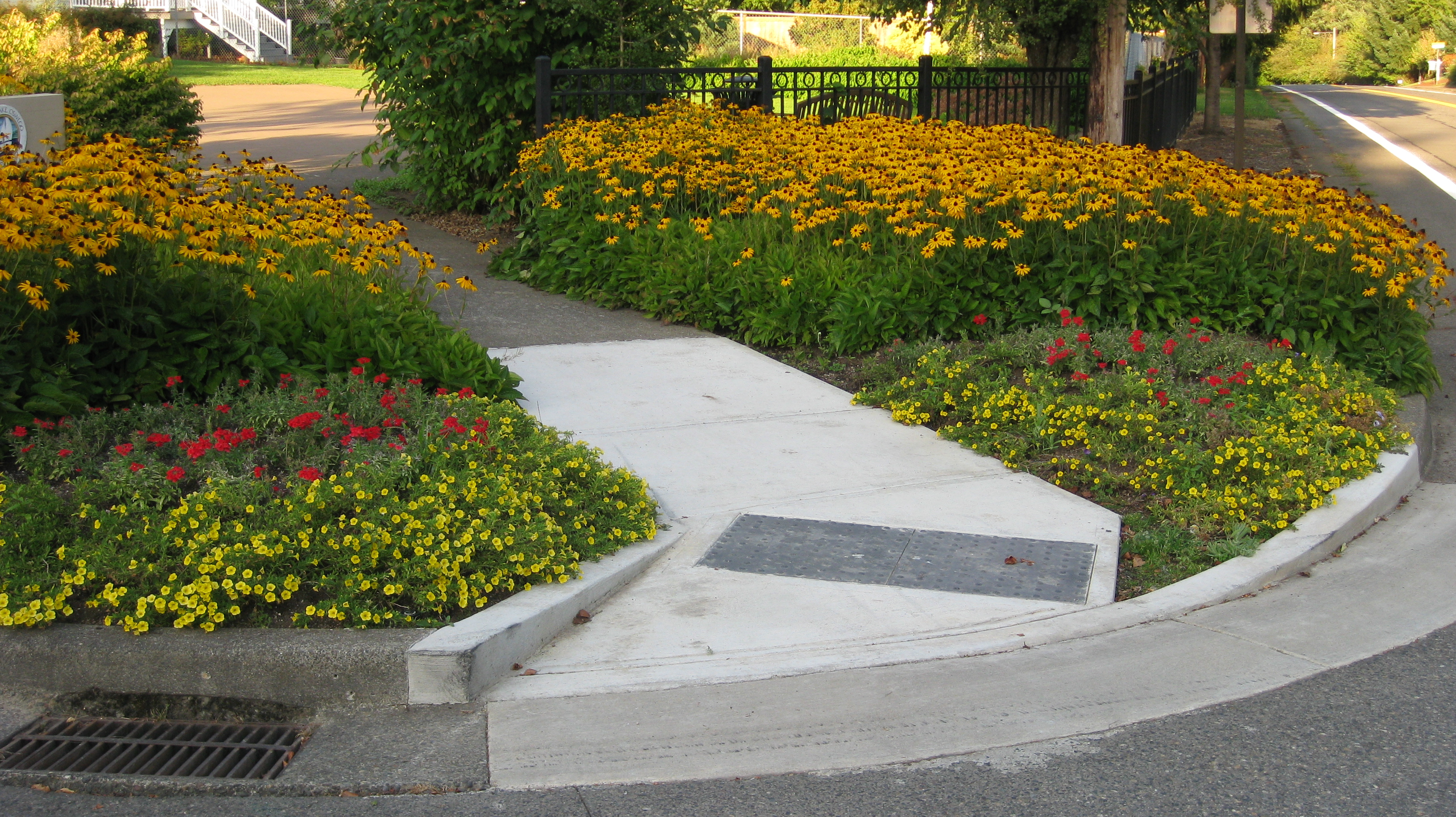

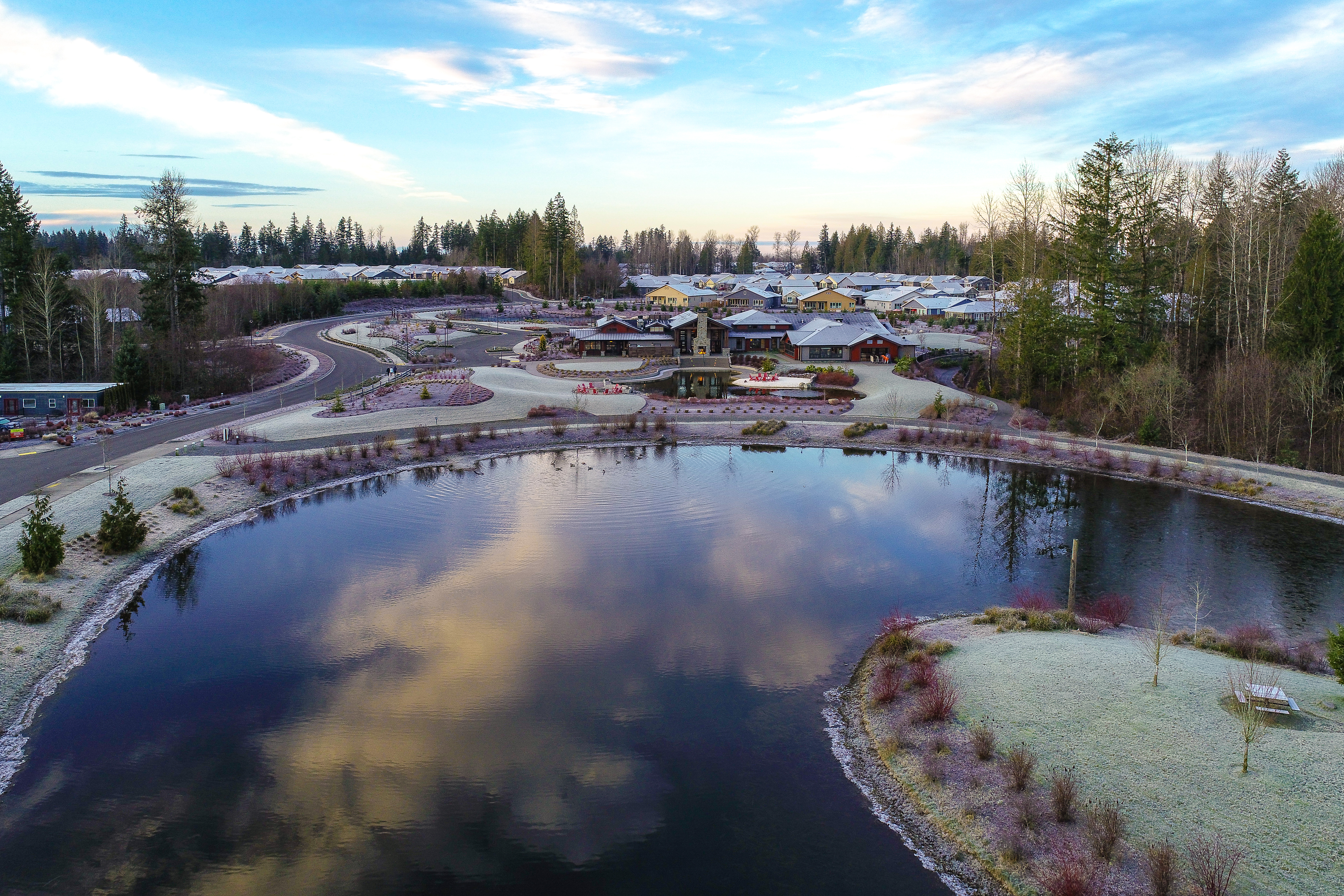

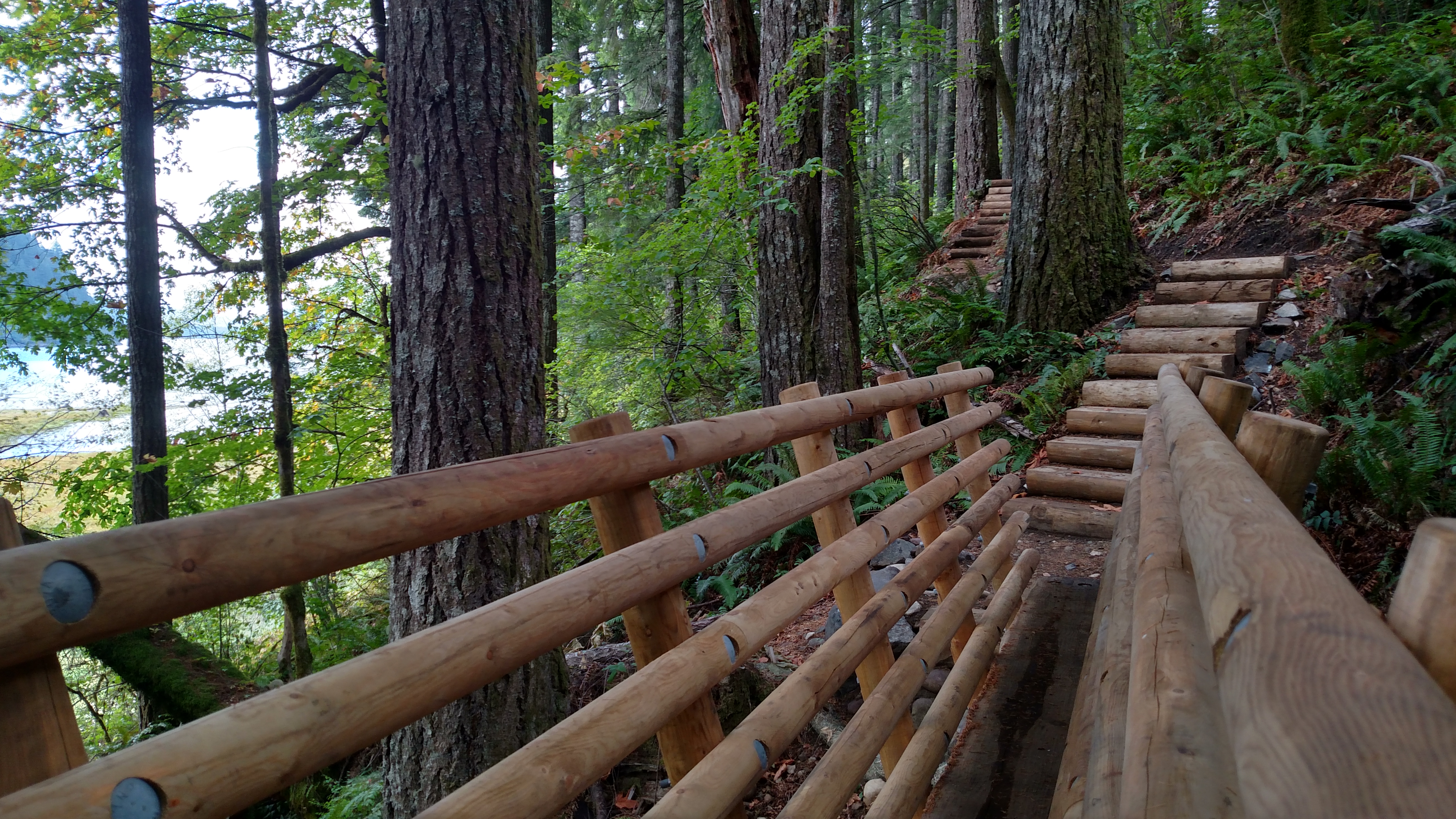

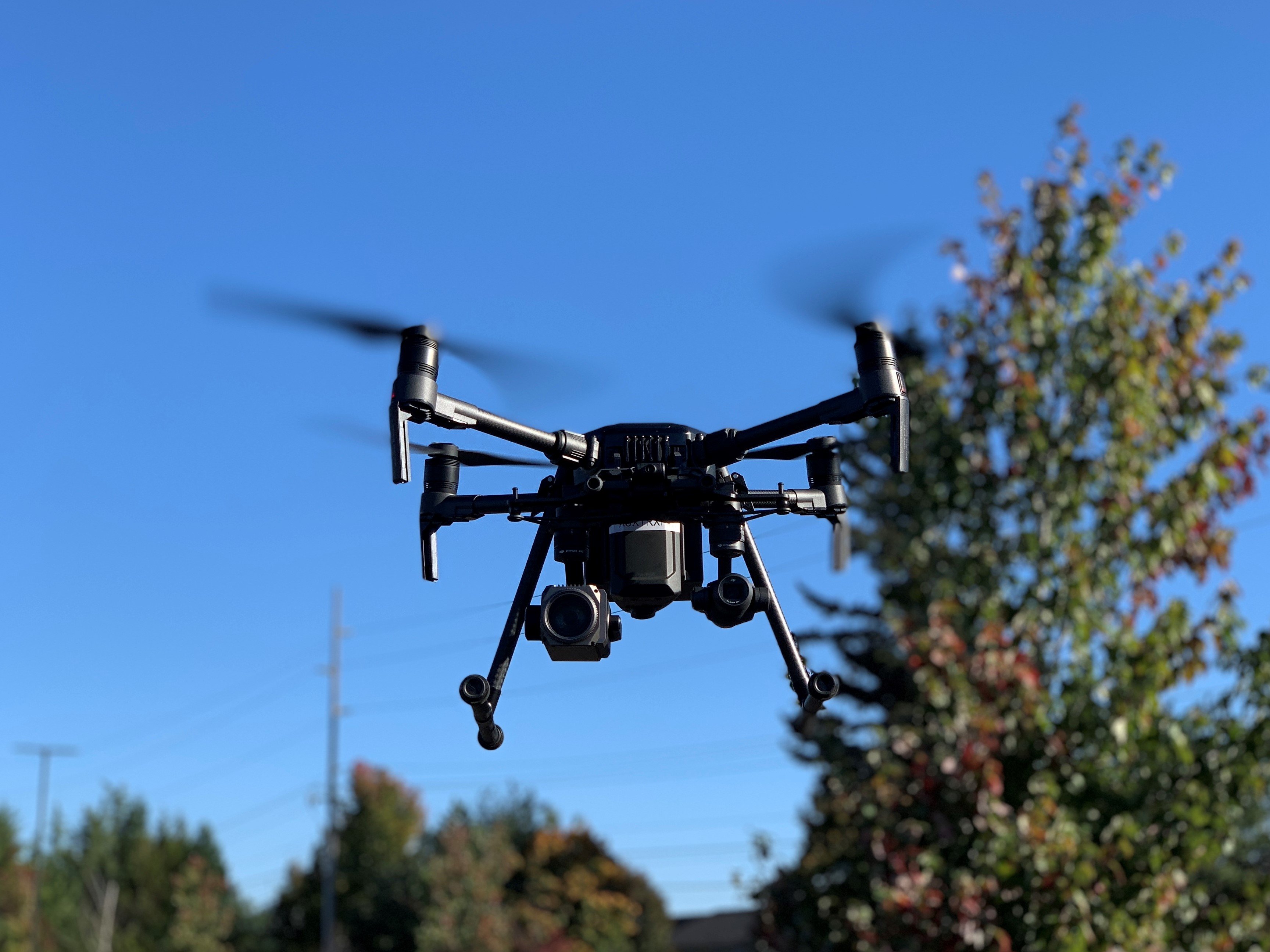
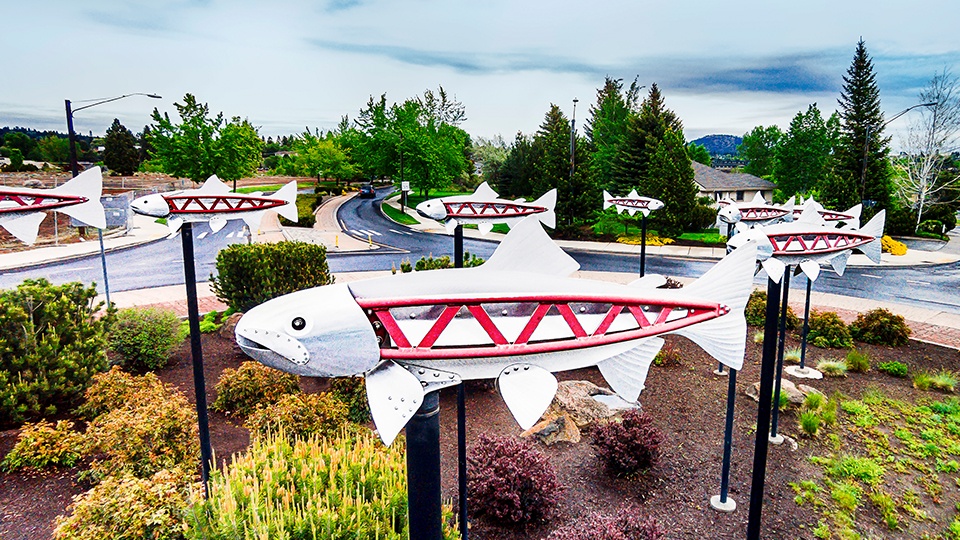

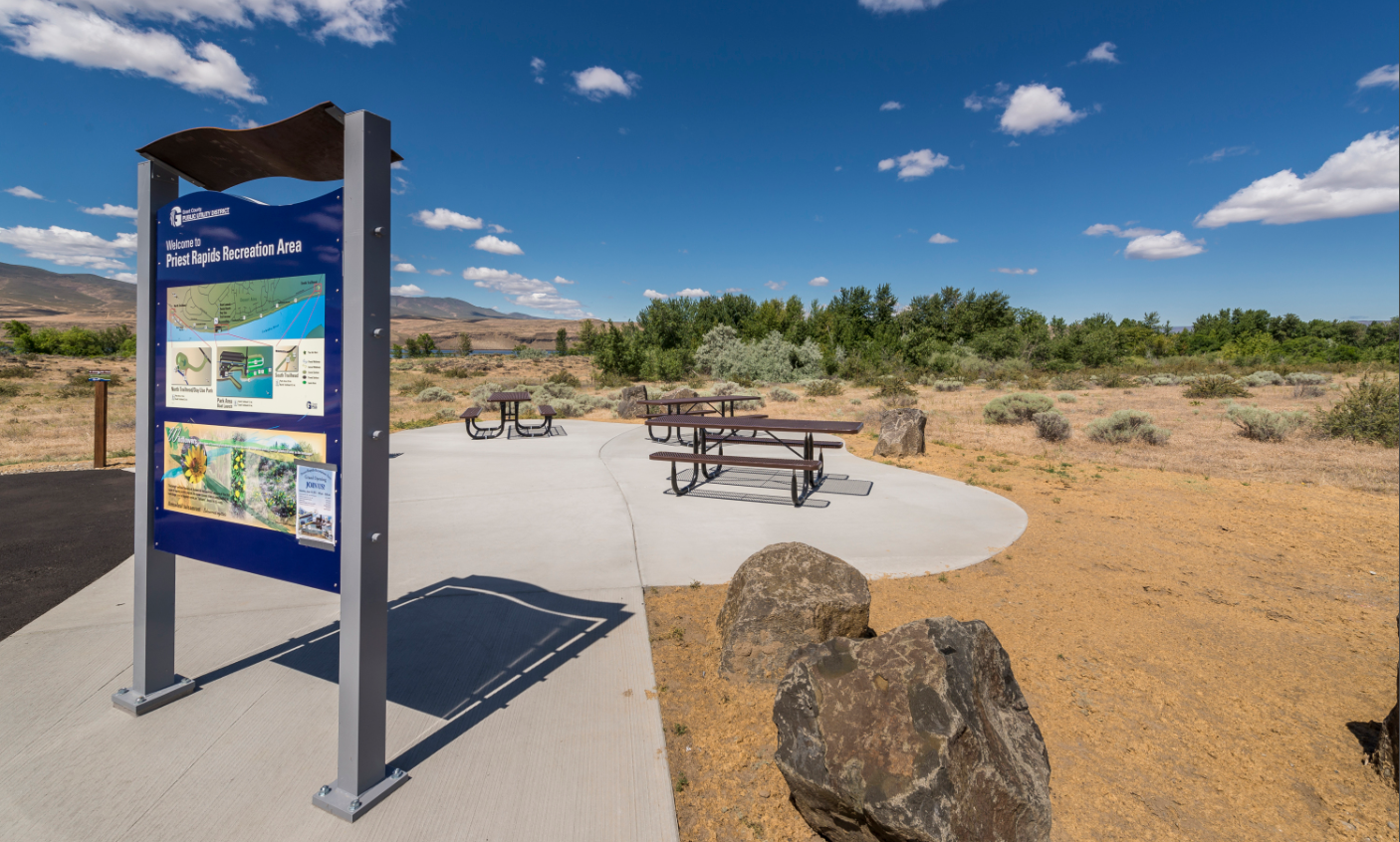


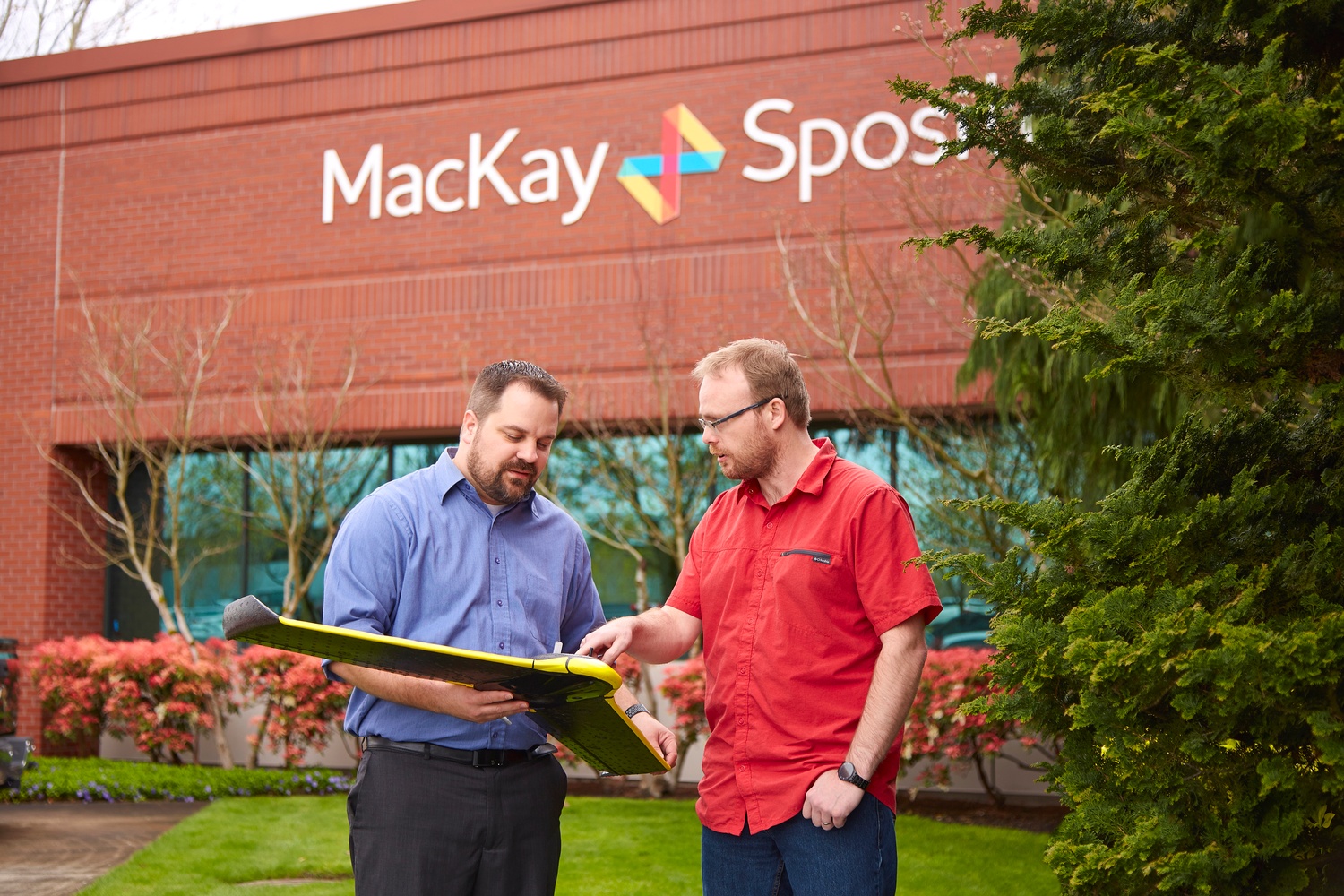








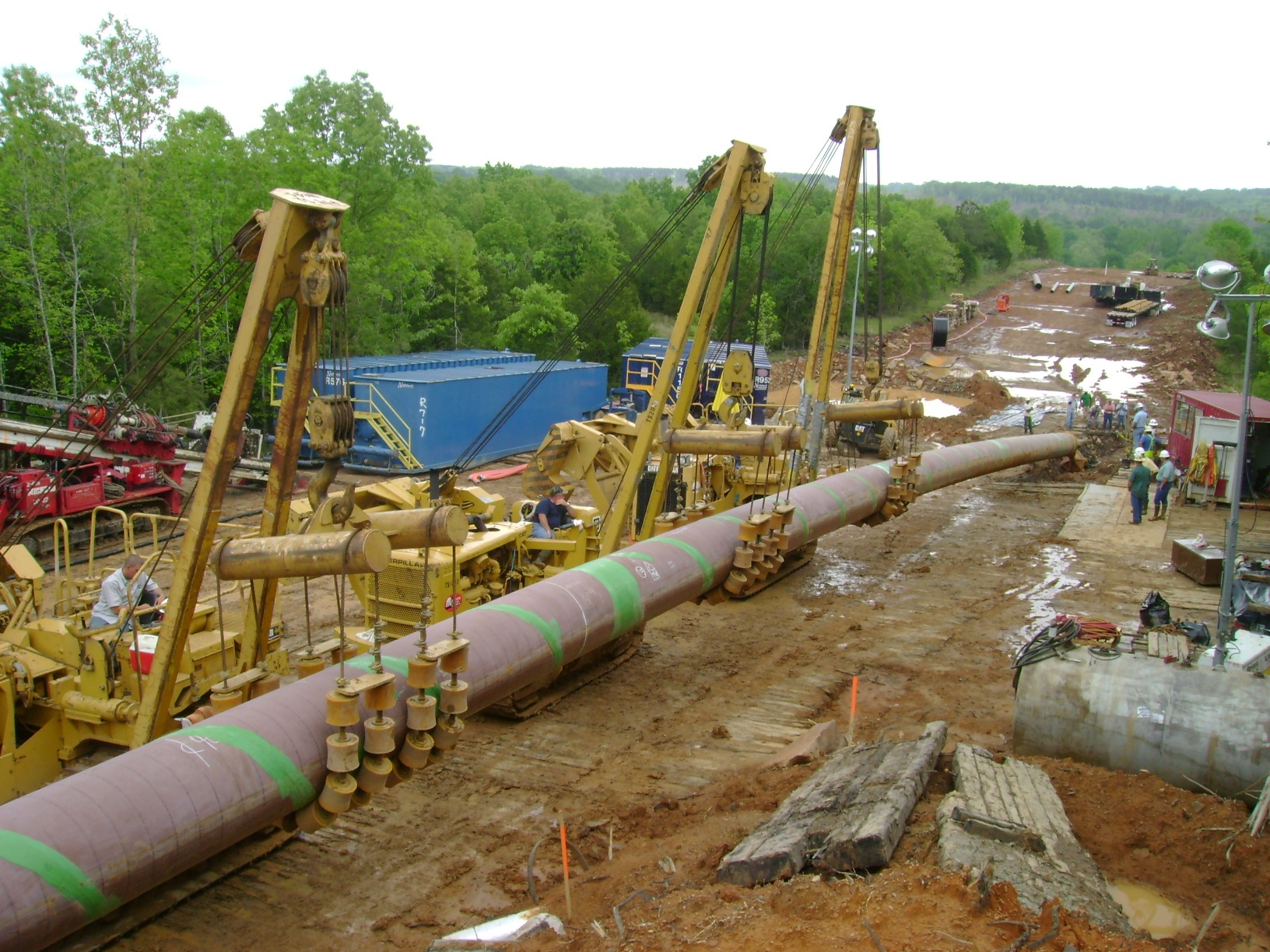



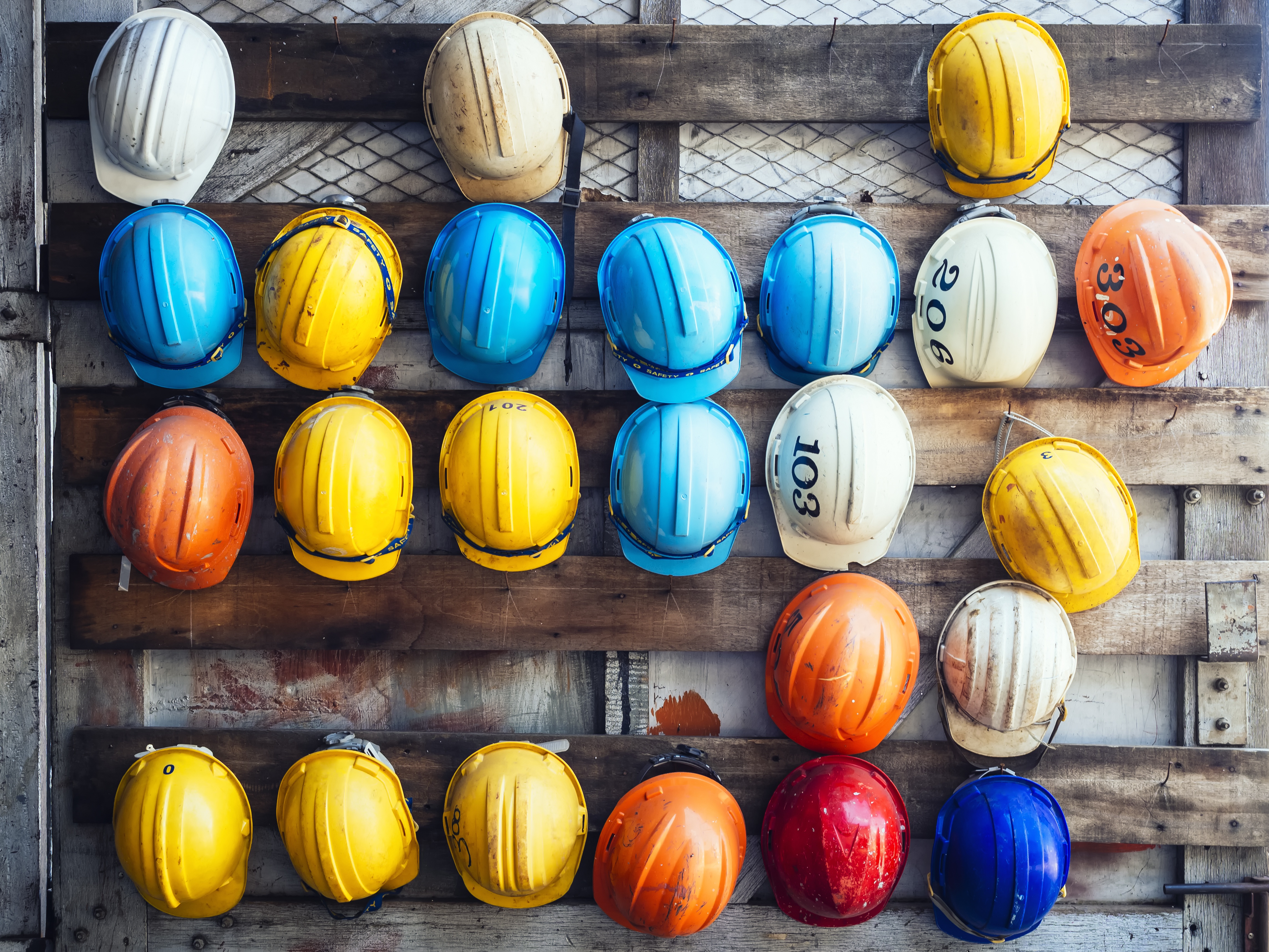

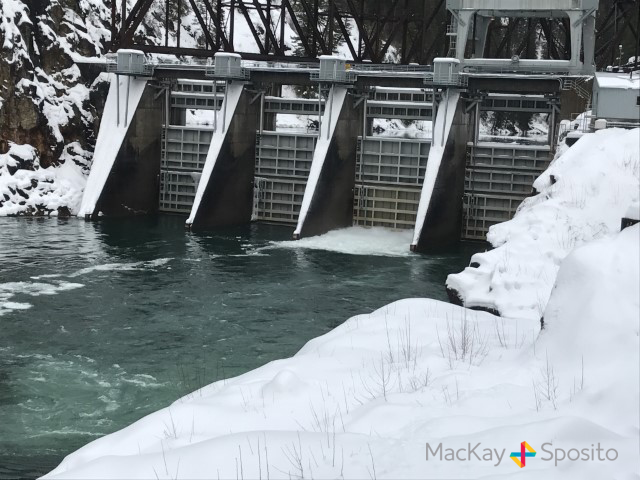



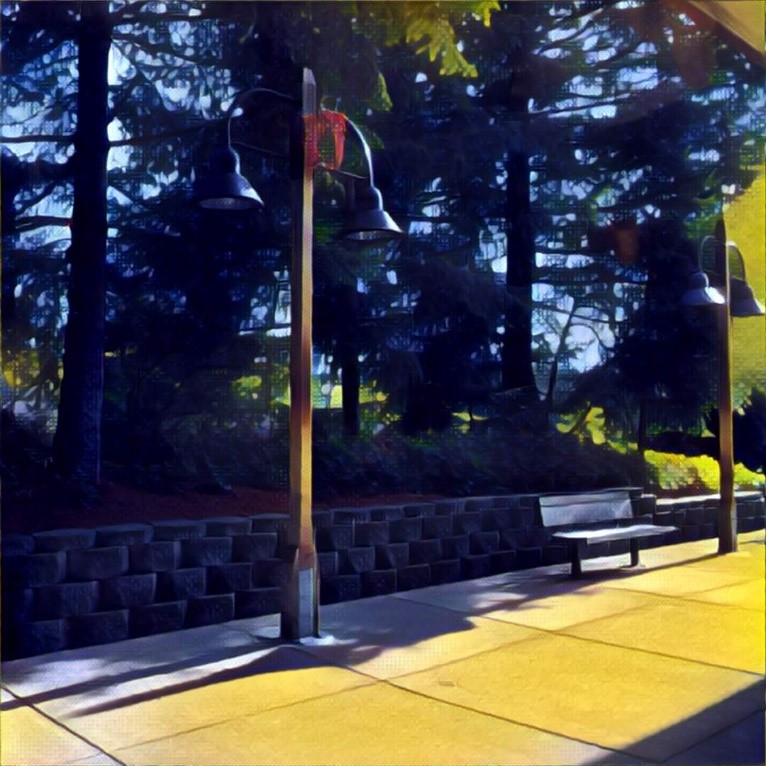







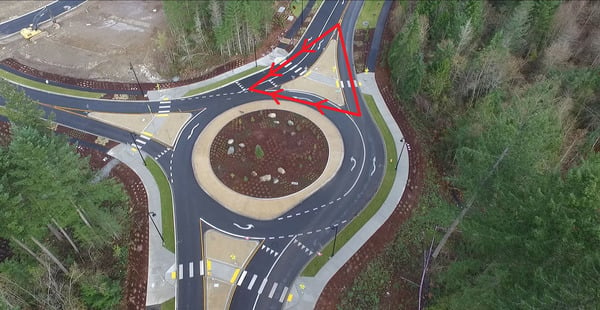

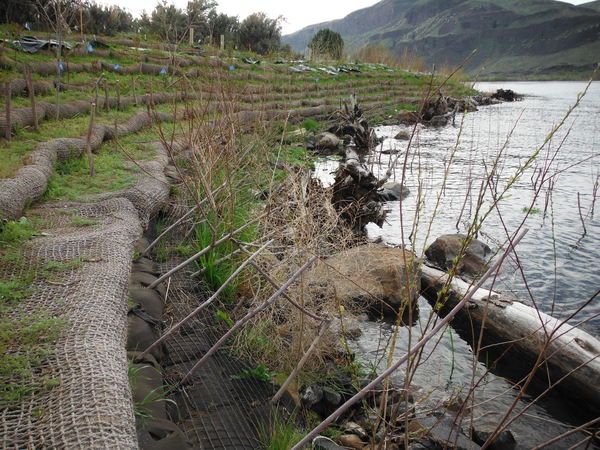


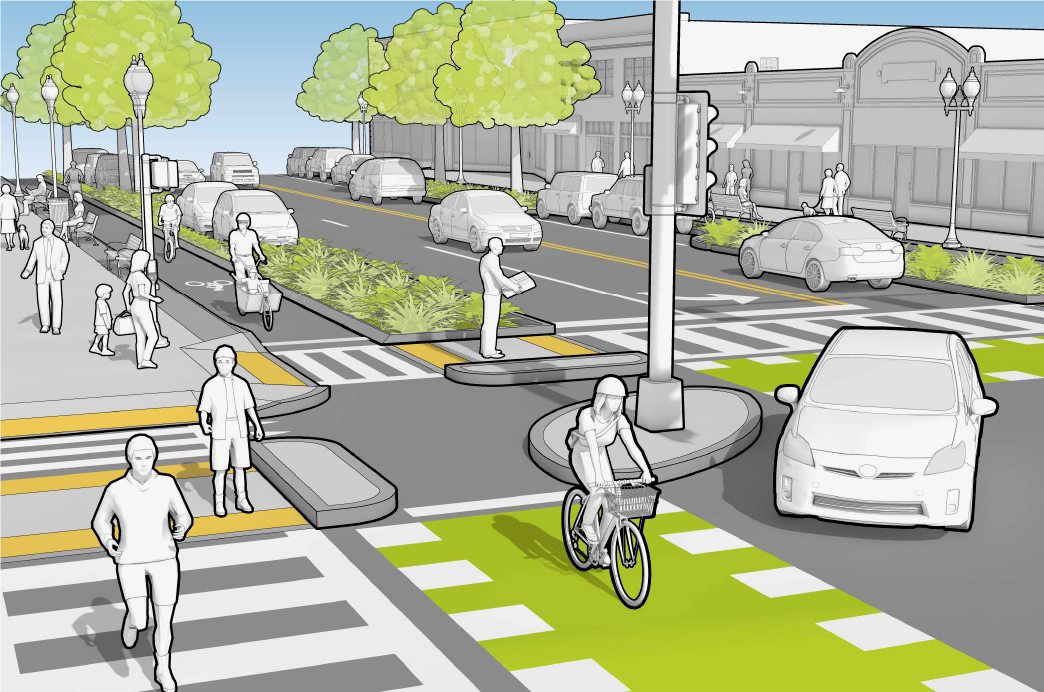

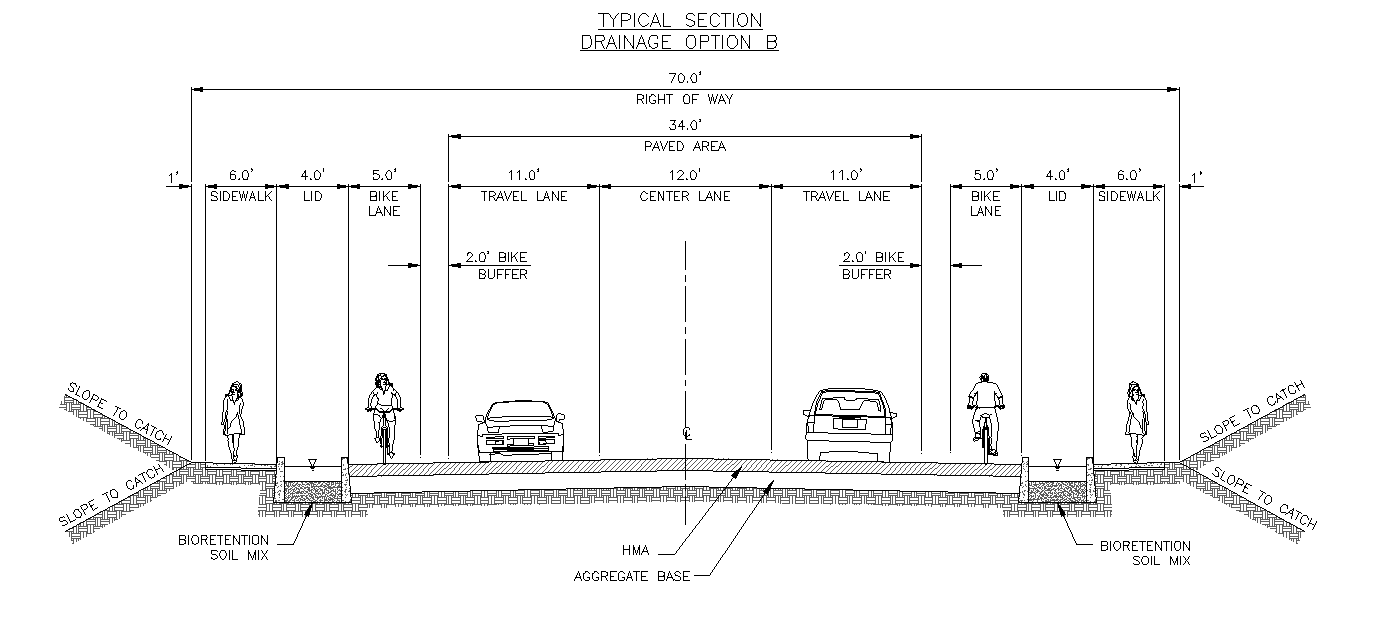







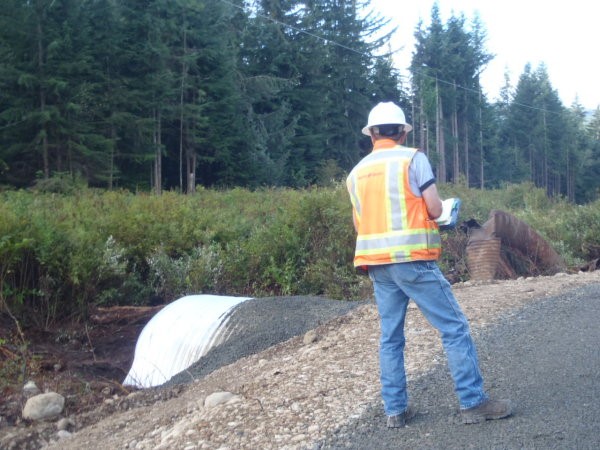



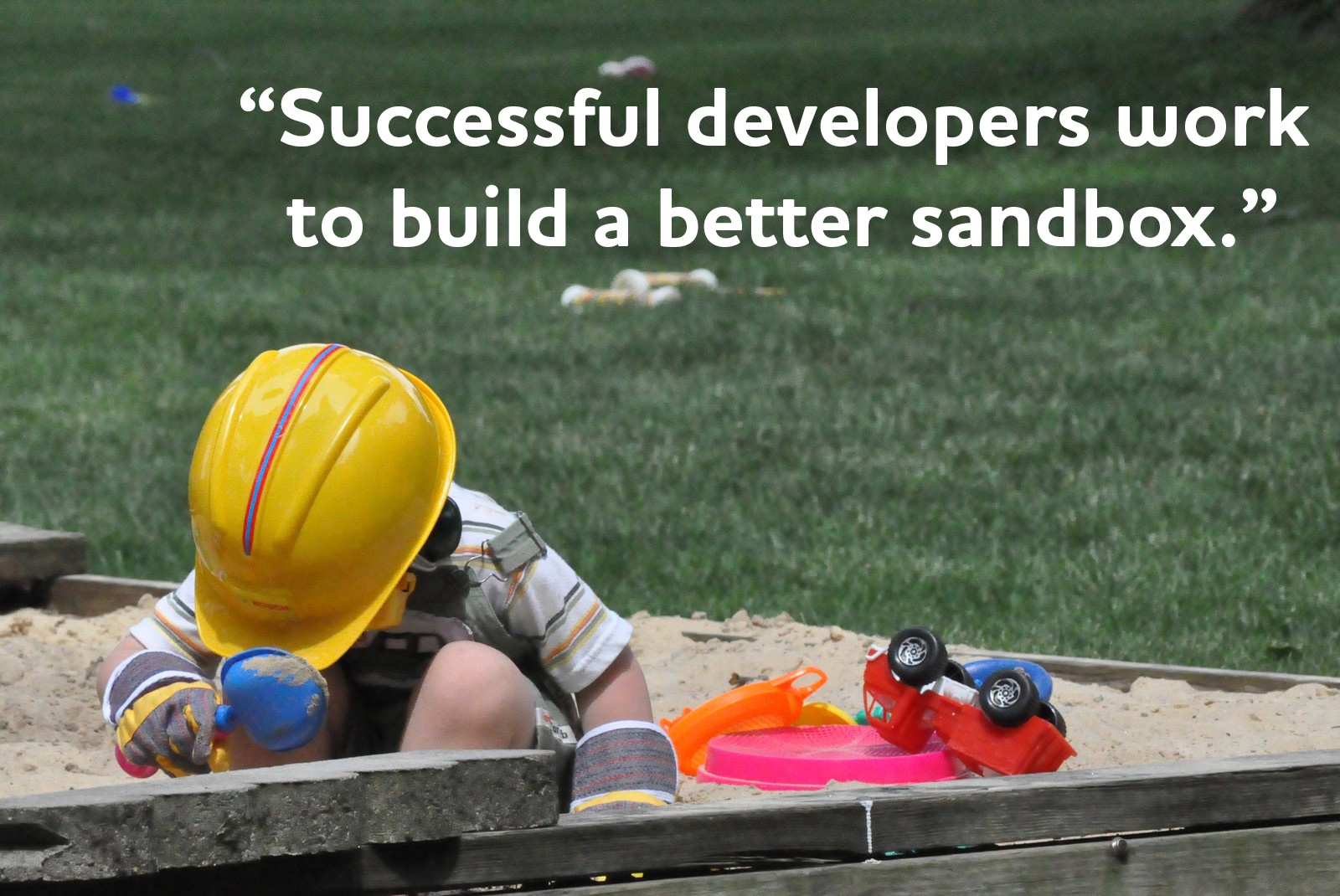



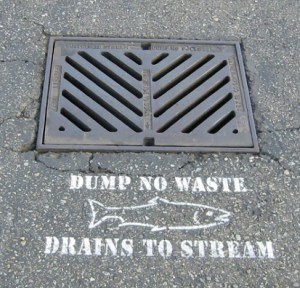

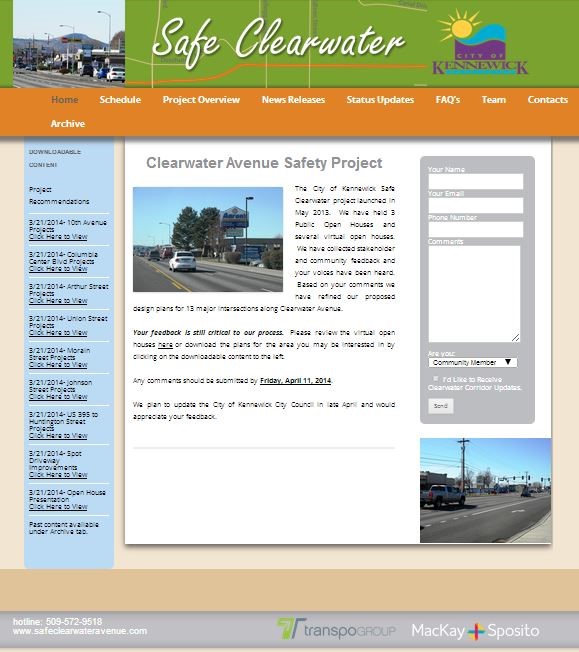

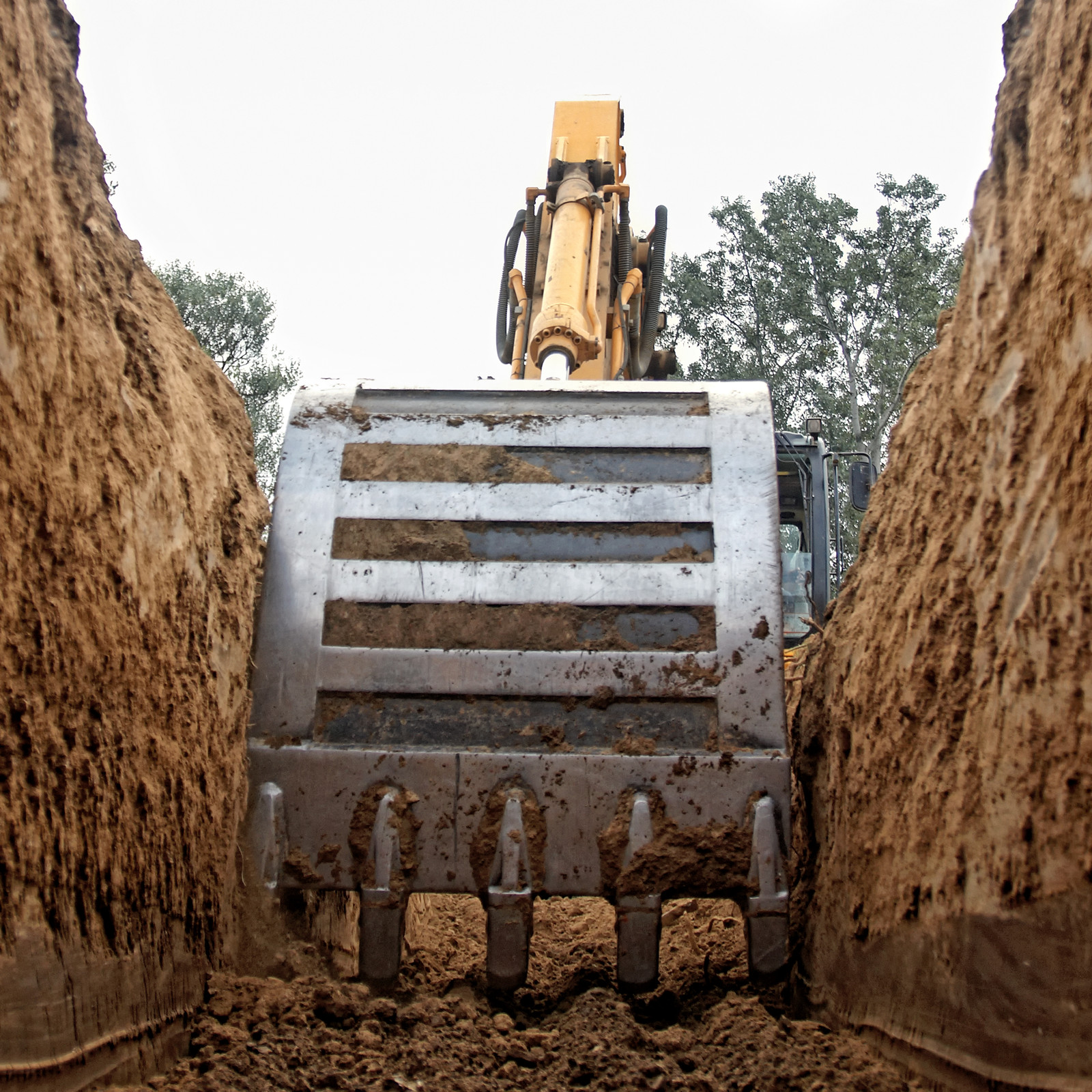
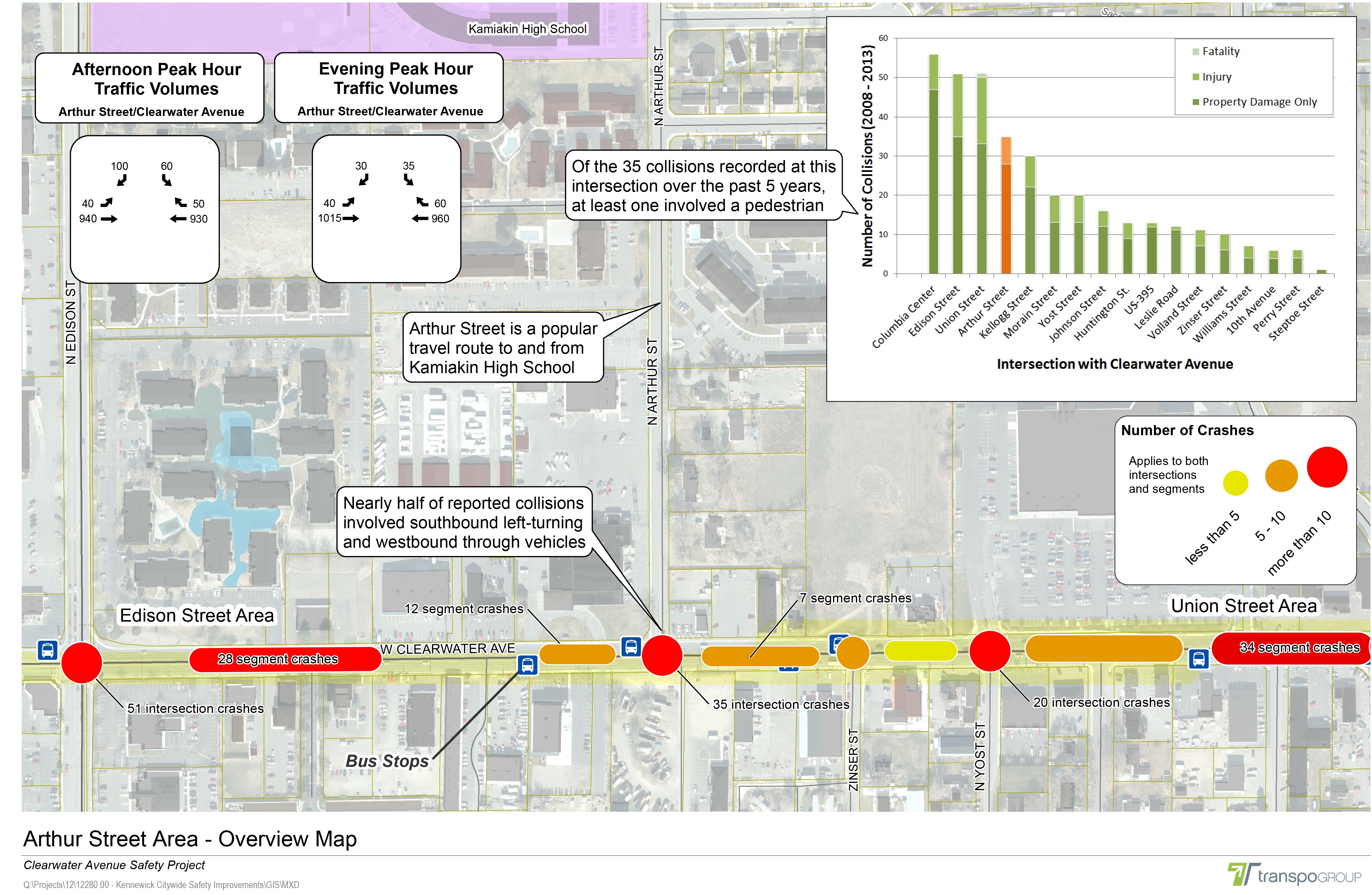
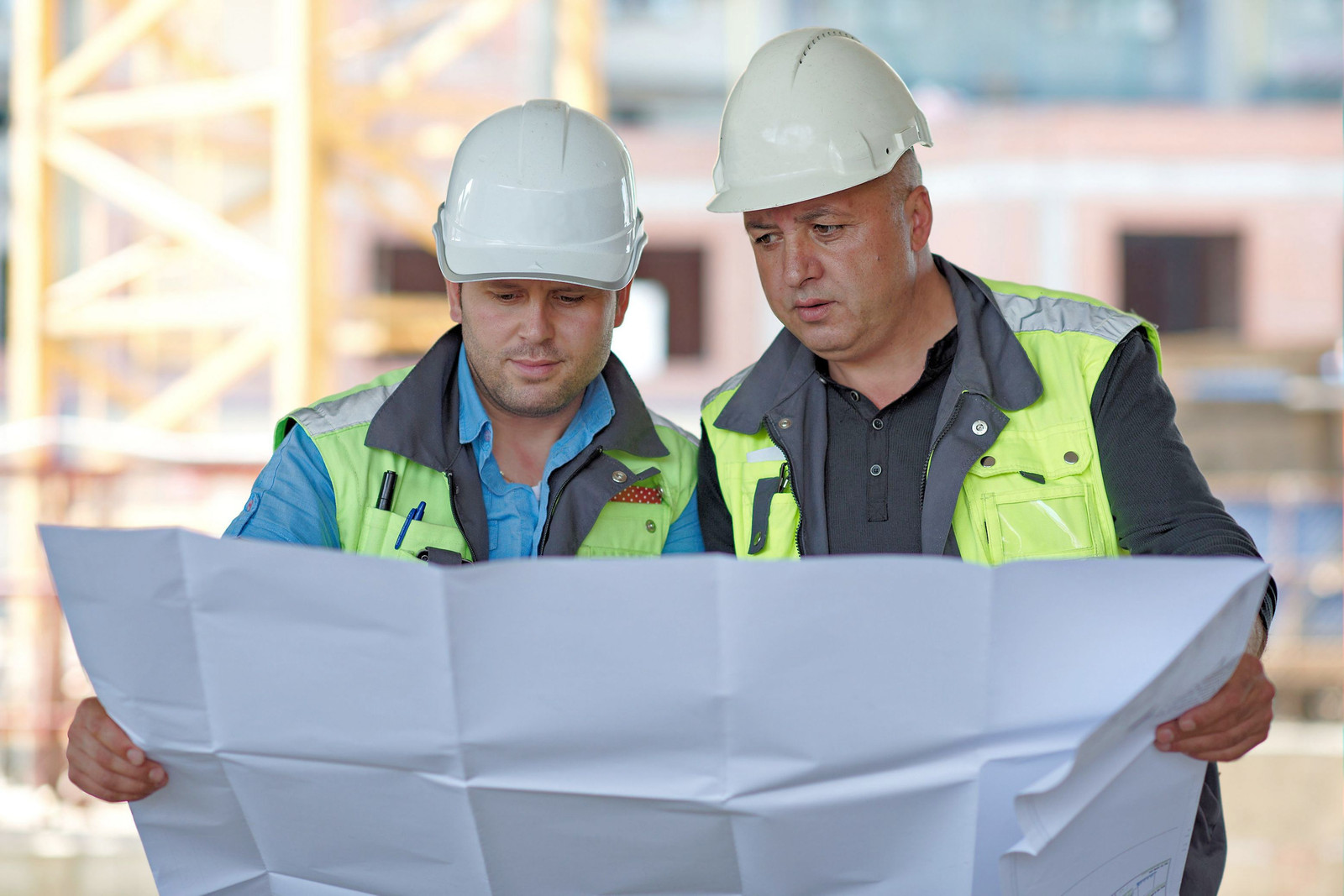
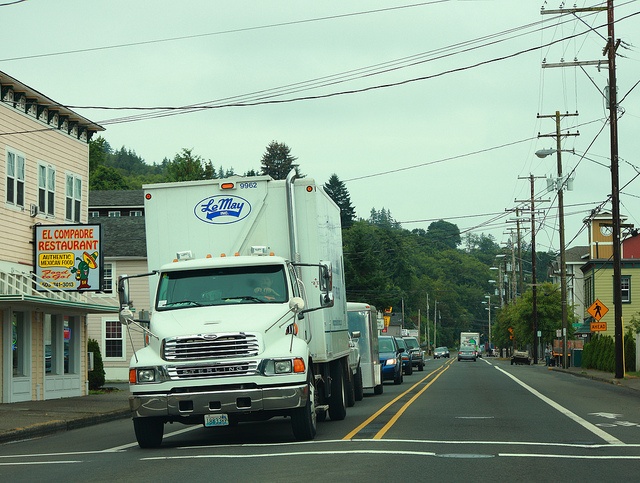



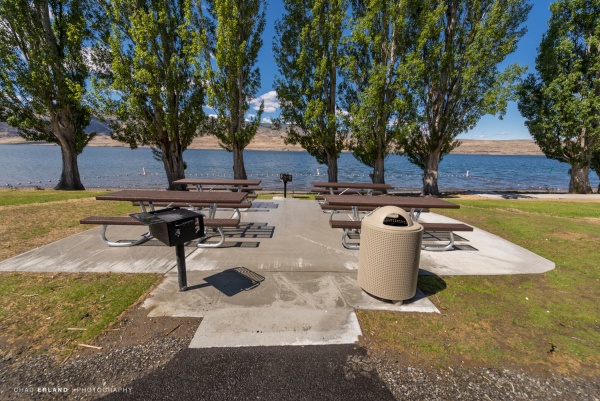
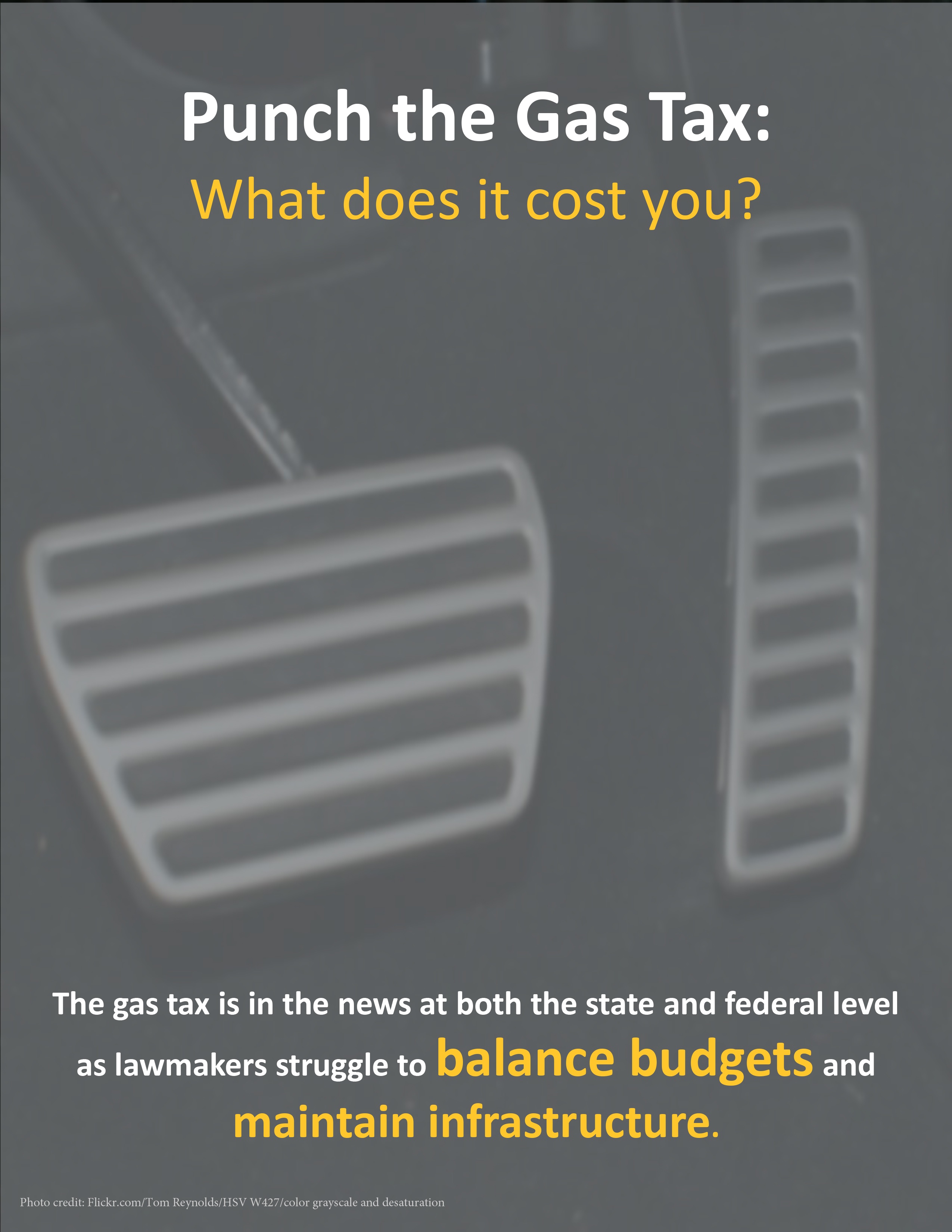
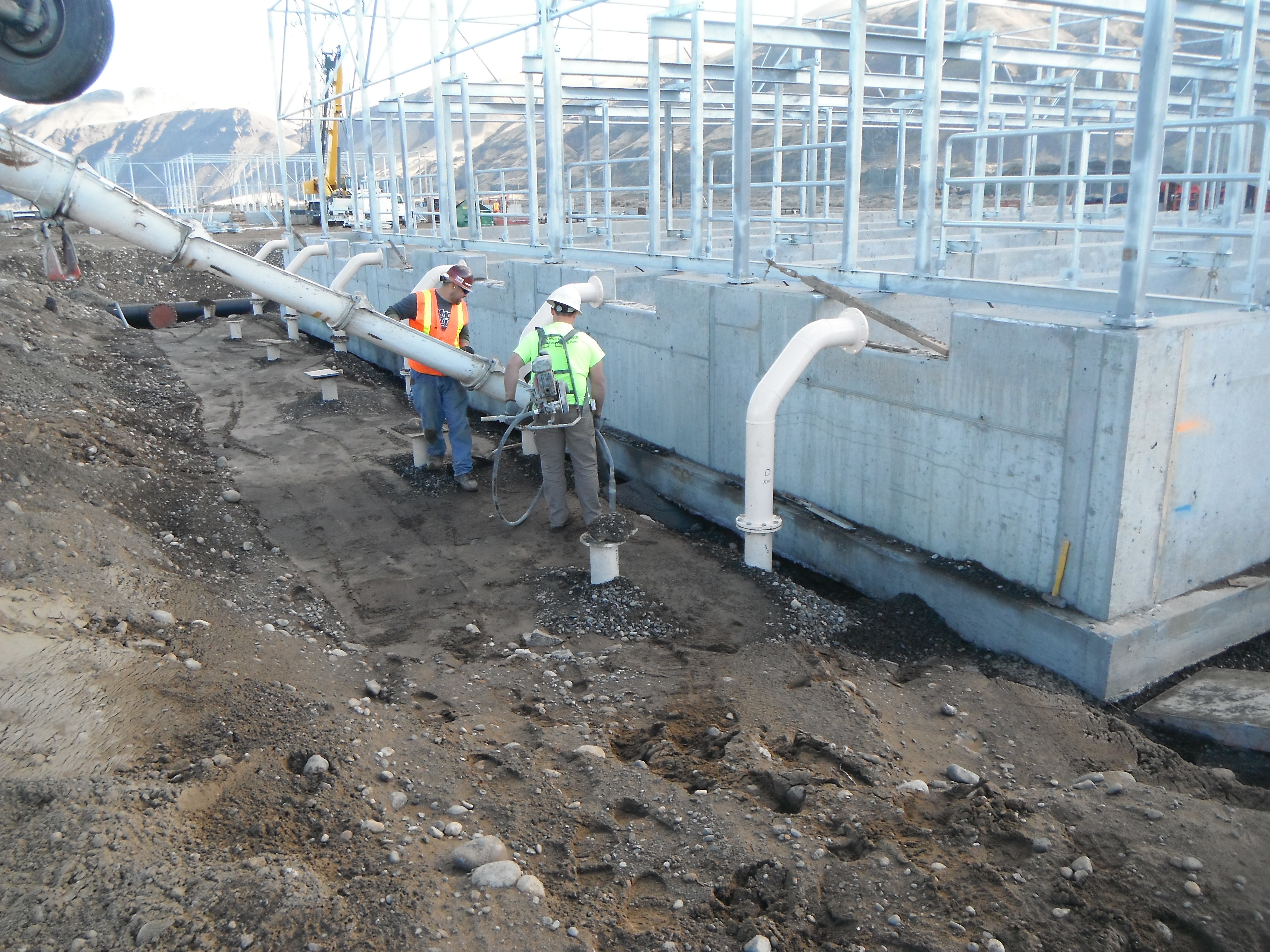



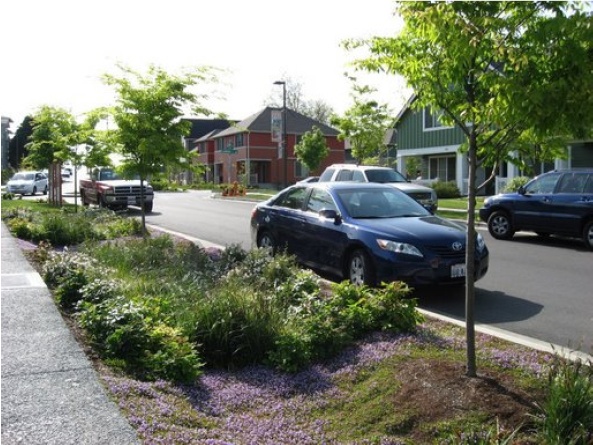








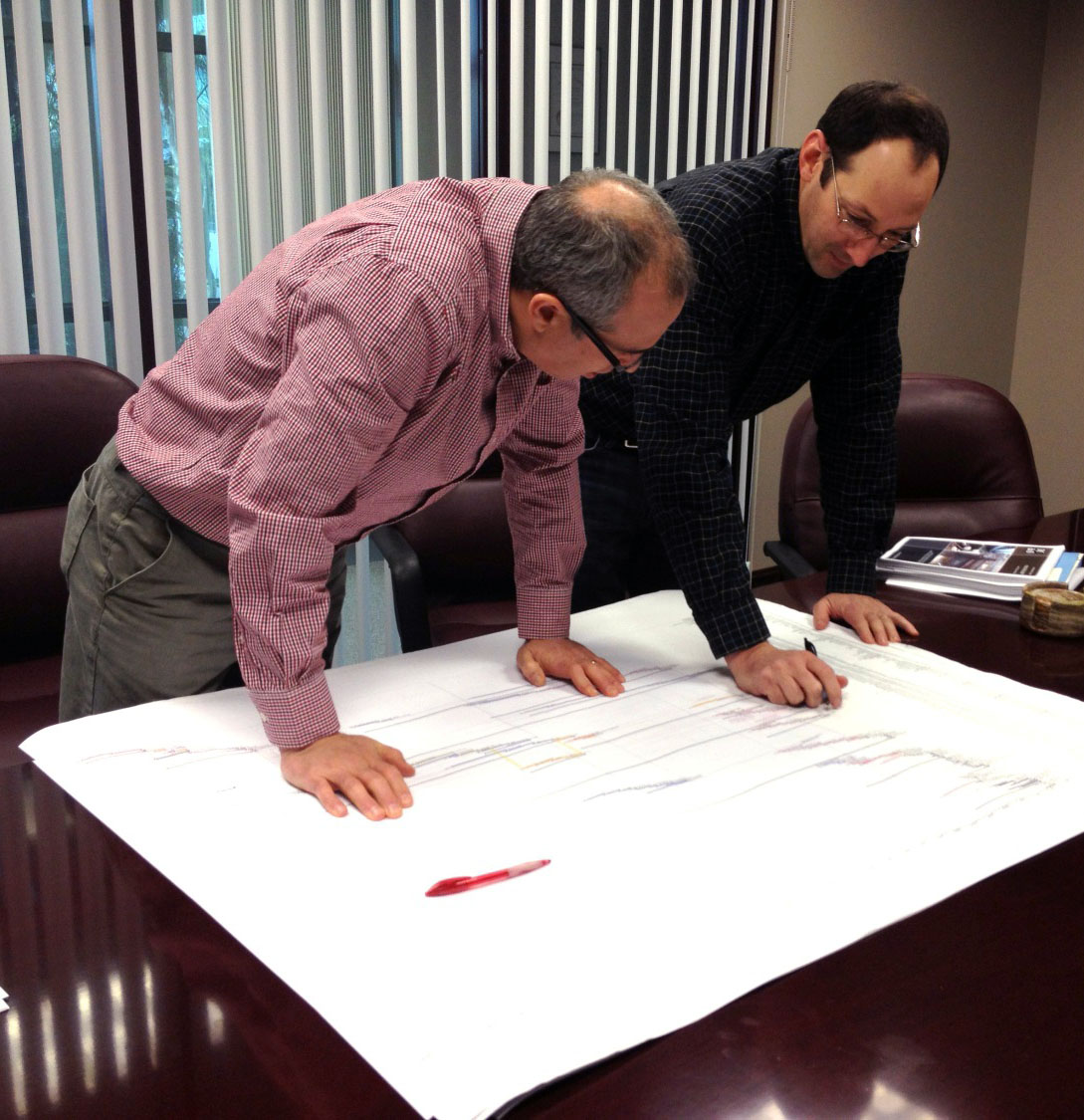




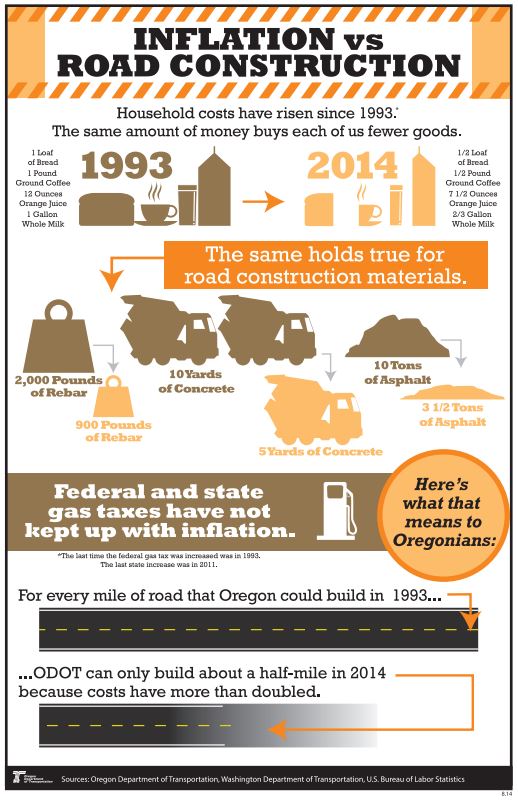






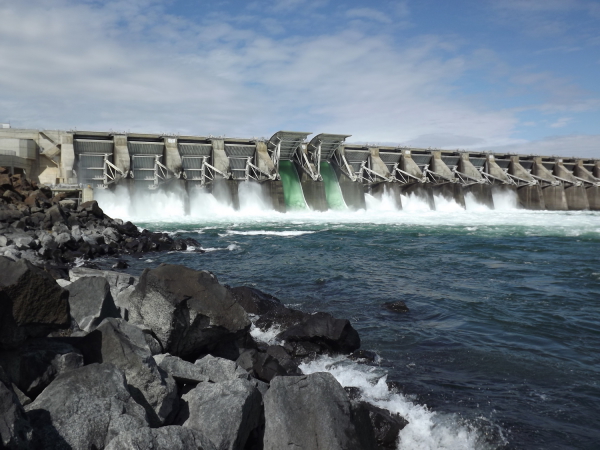
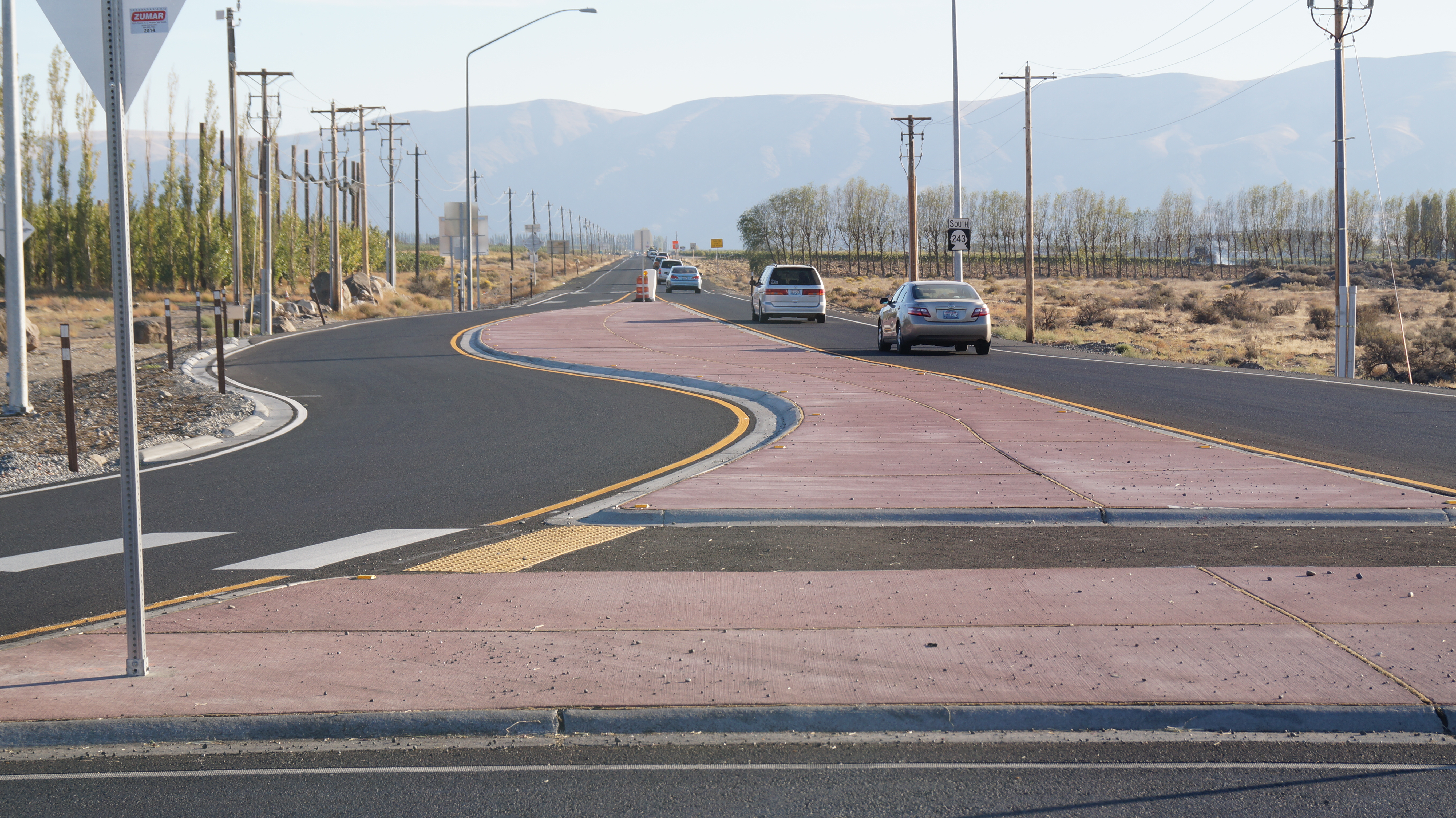






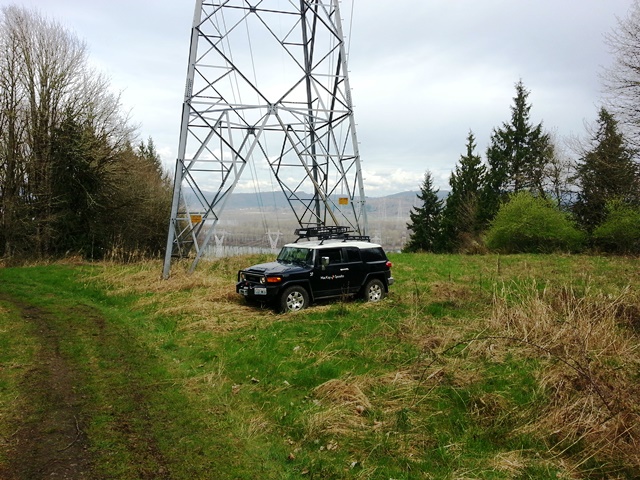

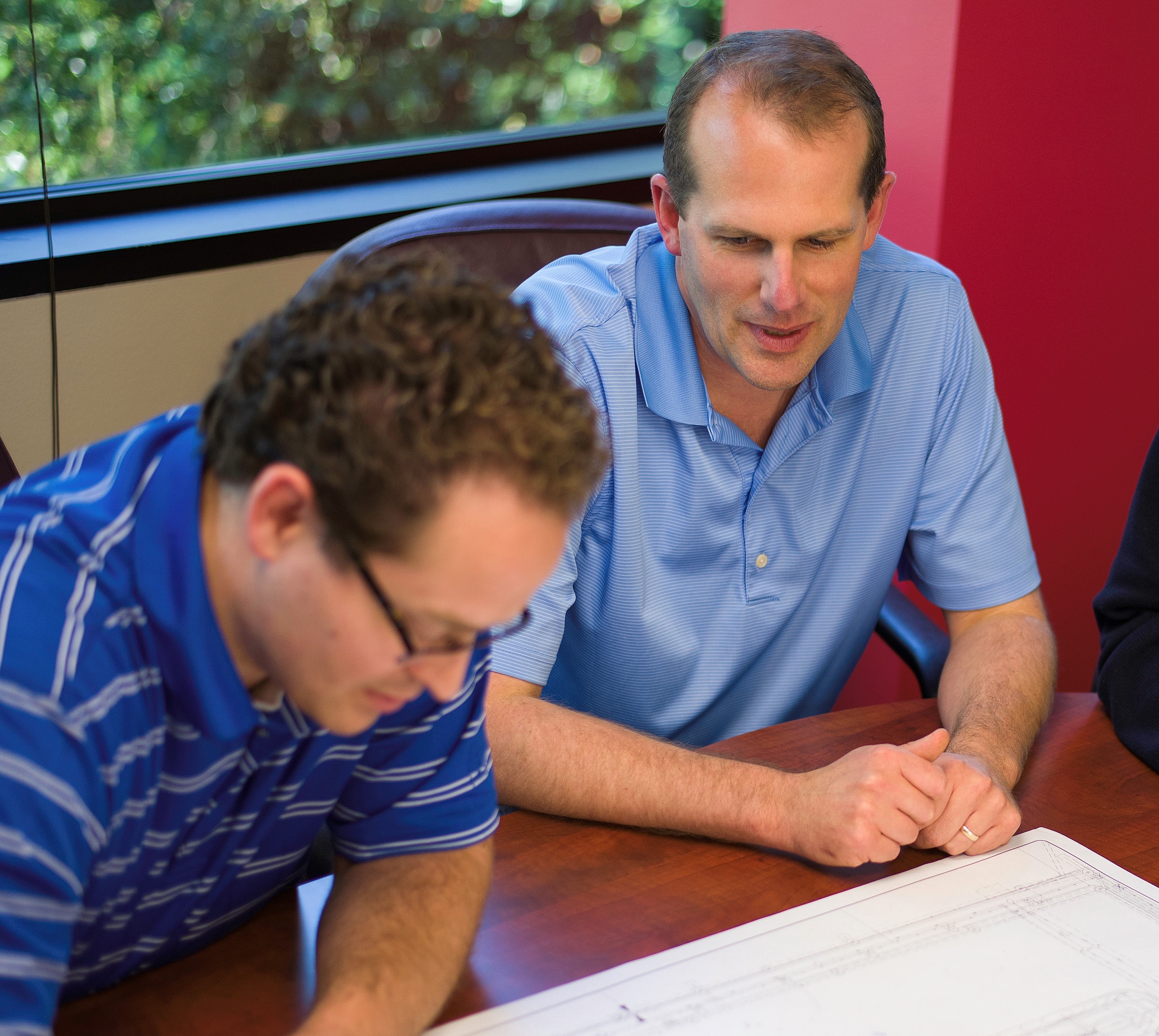

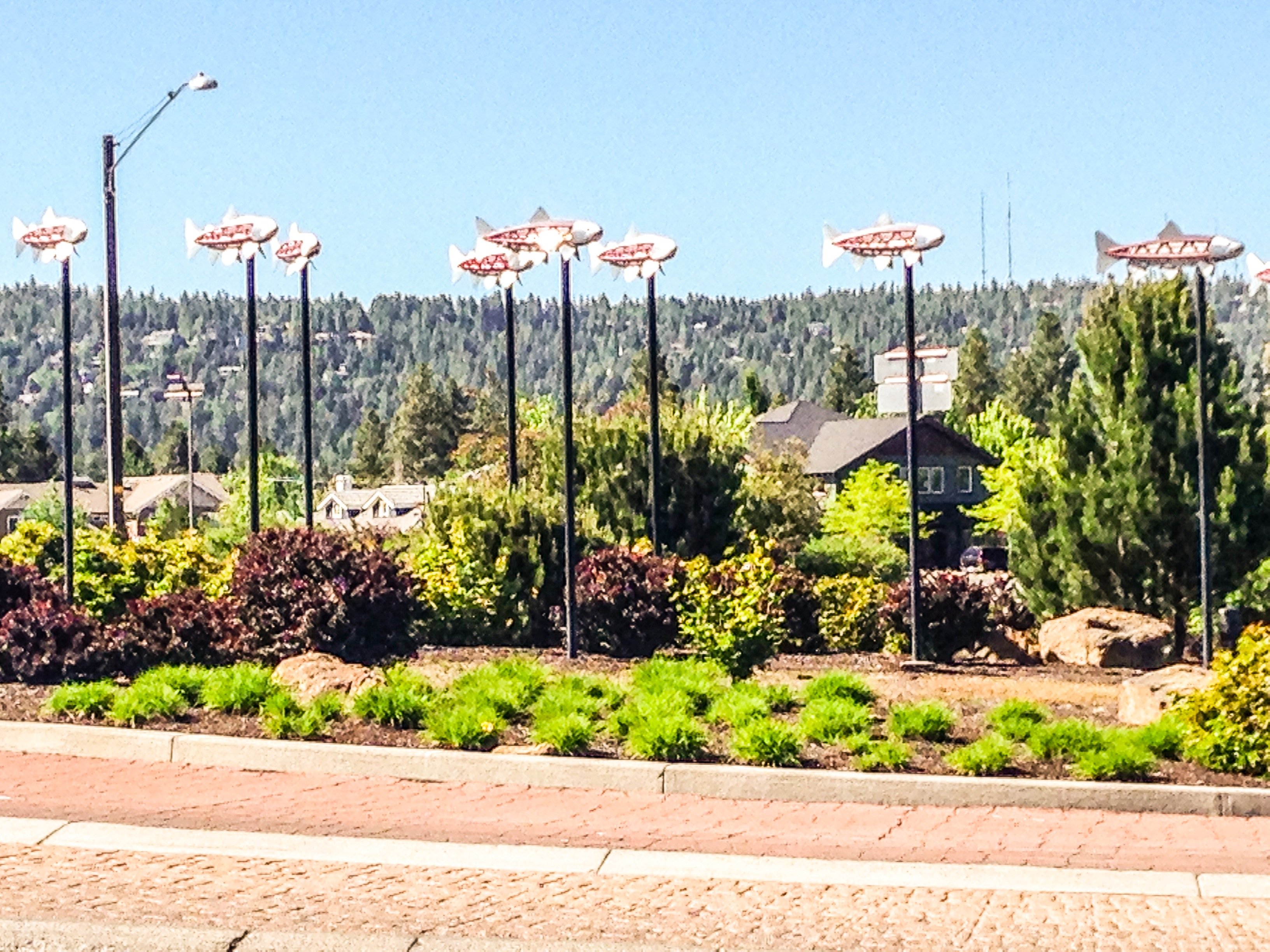
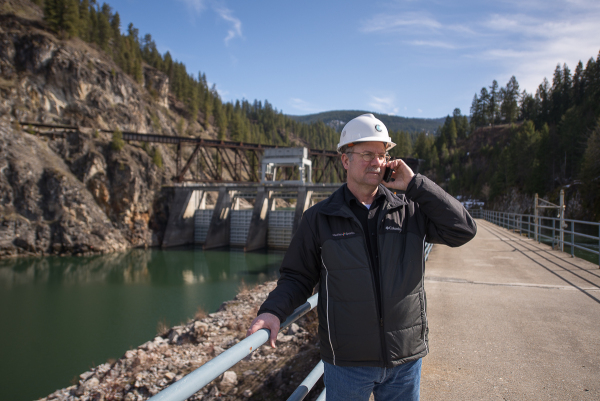

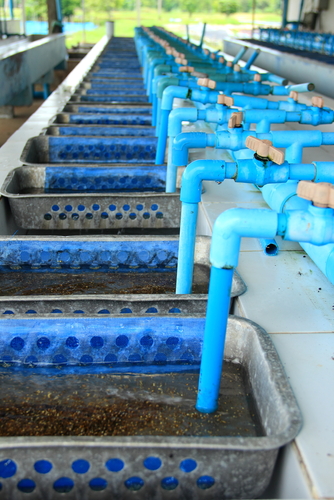

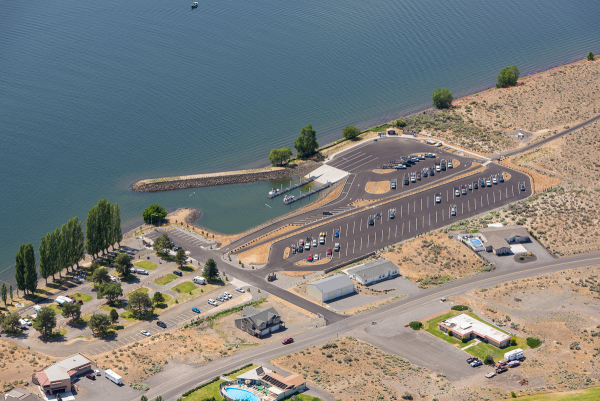
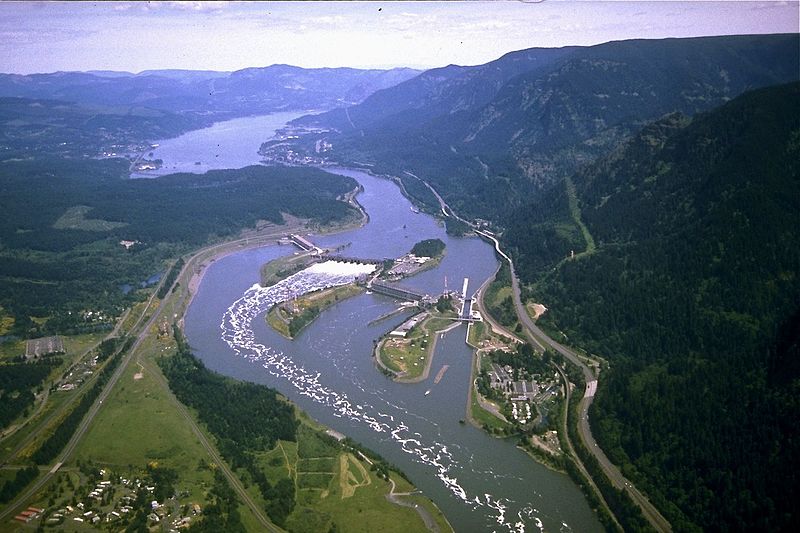




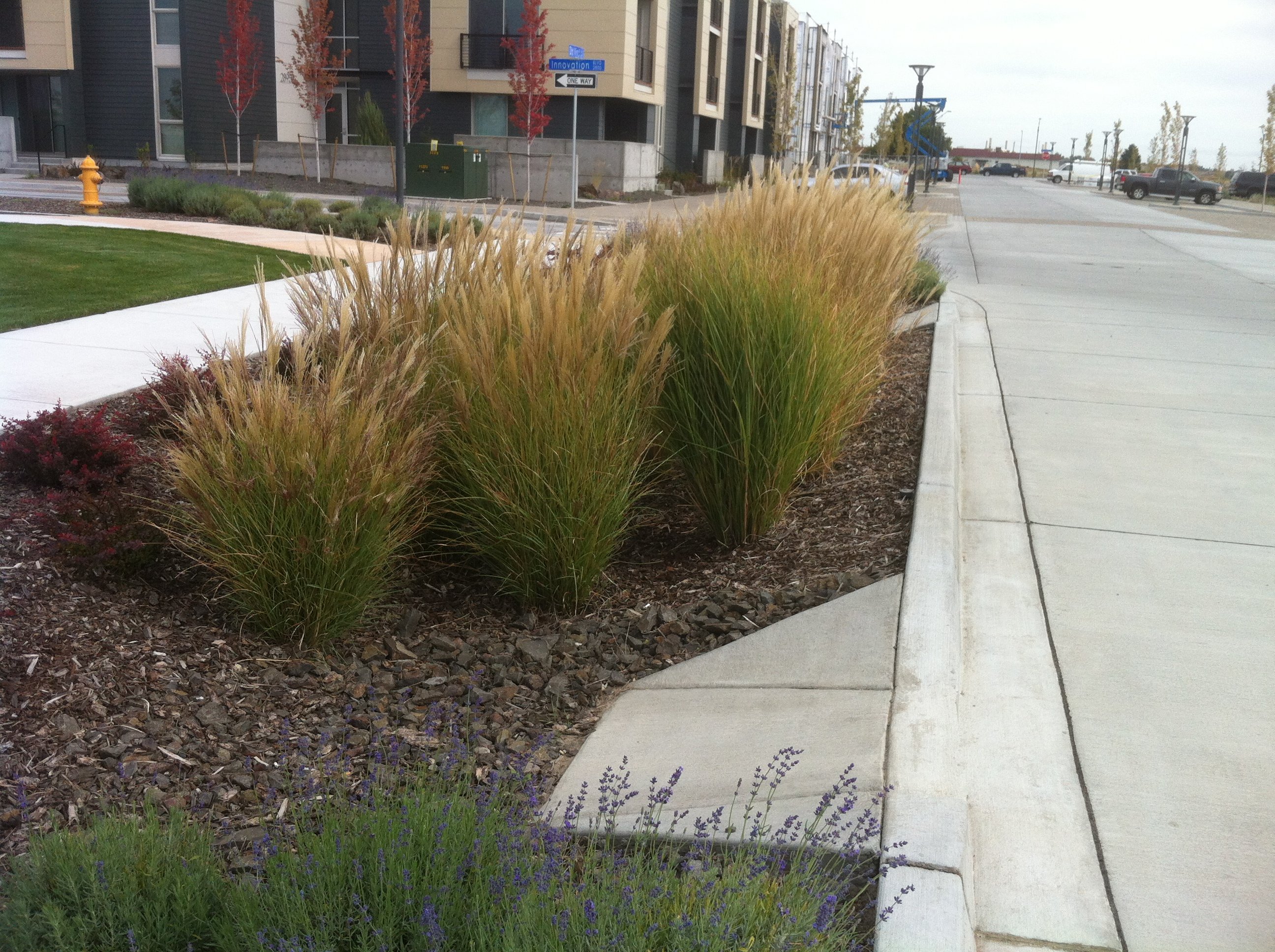

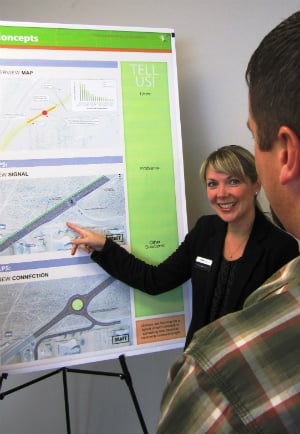

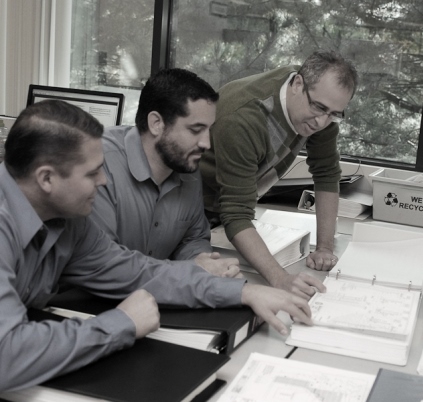


Leave us a comment below